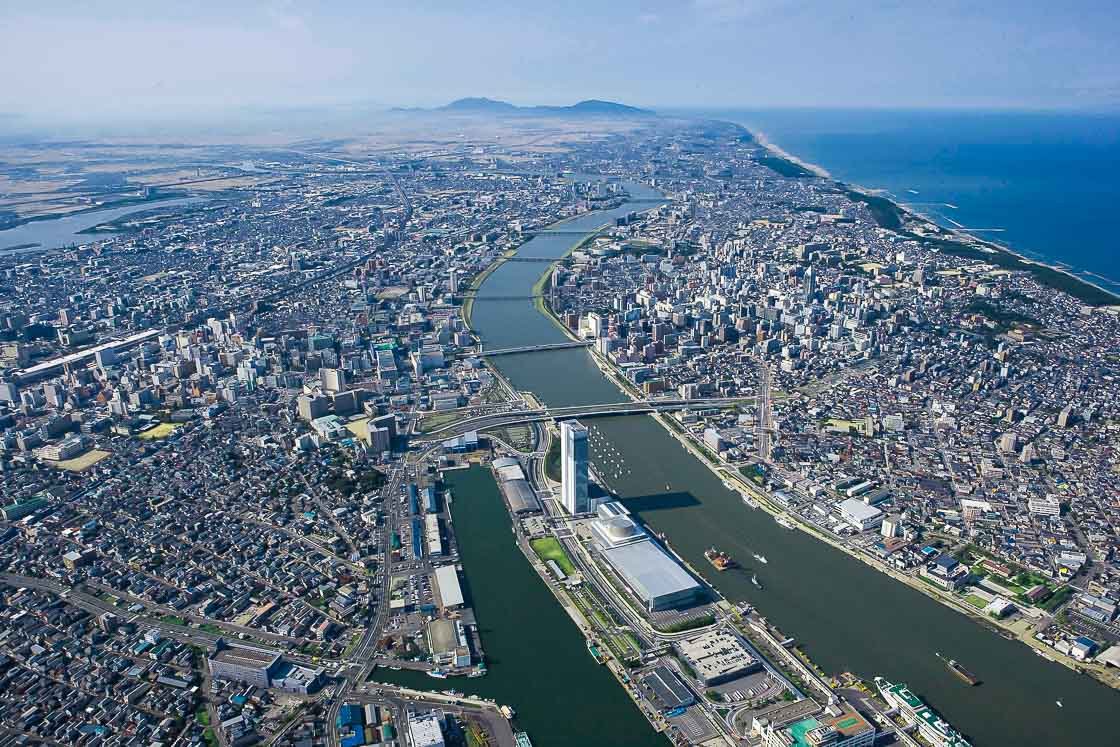Where and how to enjoy sake in Niigata
Niigata is one of the largest prefectures in Japan and has the Sea of Japan on one side and a mountainous interior. Thanks to its terroir, abundant rivers and springs, Niigata Prefecture is known as a rice growing and sake producing region. Niigata City, the capital of the prefecture, is about 90 minutes by the fastest bullet train from Tokyo, making it a convenient destination out of the metropolis.
Home to about 90 sake breweries - the most number of sake breweries in a single prefecture - visitors can expect to see a wide variety of sake and also drink sake that are not typically sold outside of Niigata. Some well known sake brands from Niigata include Hakkaisan, Kubota and Kikusui, which are also popular domestically and internationally. As the prefectural capital, Niigata City is like a hub, where one can find the largest selection of the local sake at restaurants, sake bars and sake retail shops.
On this trip, I visited a number of places on an overnight trip to Niigata City to drink and learn about Niigata sake, and also made sure to leave room for the local cuisine. There are many places to experience Niigata sake, but as an introduction, I visited four spots, all of which are within a 20-minute walking radius from Niigata Station.

Ponshukan complex at Niigata Station
Niigata Station can be accessed in just under two hours from Tokyo by the Joetsu Shinkansen. The recently renovated station building boasts the best of Niigata Prefecture in the Ponshukan complex on the west side. The shopping and dining complex consists of three areas on the same level: a sake tasting room and shop located along the west passageway beside the lobby of the JR East Hotel Mets Niigata, a sake bar and a marketplace, and a shop featuring local traditional craft, both of which are directly across from the ticket gates.
Ponshukan is best known for its Kikizake Bansho, a sake tasting room that contains approximately 100 varieties of sake from all across Niigata, and that was where I headed first. Drinking sake in the tasting room is fairly straightforward; simply pay 500 yen at the counter in exchange for a sampling sake cup and five tokens. To get a cup of sake, put the sample cup in the cup holder, then enter the required tokens into the token slot and press the yellow button to dispense the sake. A sample portion of sake usually costs one token, while there are some that require two or more tokens.
Choosing which sake to sample can be overwhelming, but there are several ways to go about it: using the provided tablet that allows AI to recommend sake based on your input keywords, selecting from the popularity ranking boards, arbitrarily choosing based on the labels or going for those that seem/look interesting. I tried all the methods above and had a chance to taste a variety of sake.
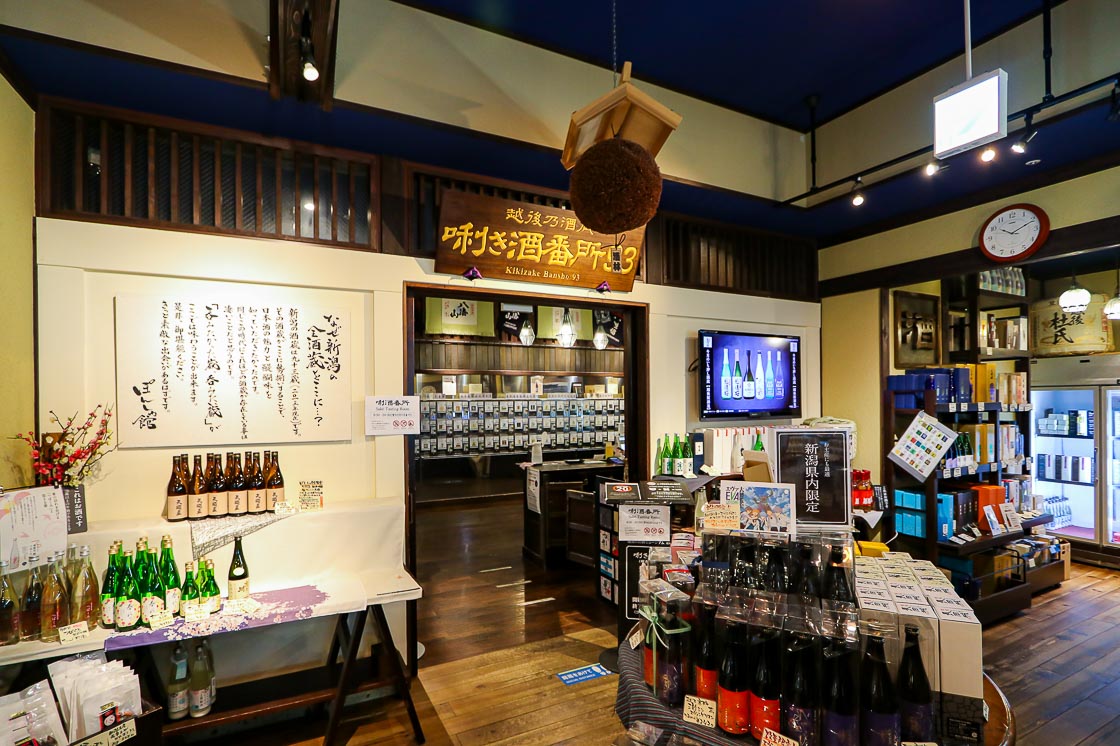


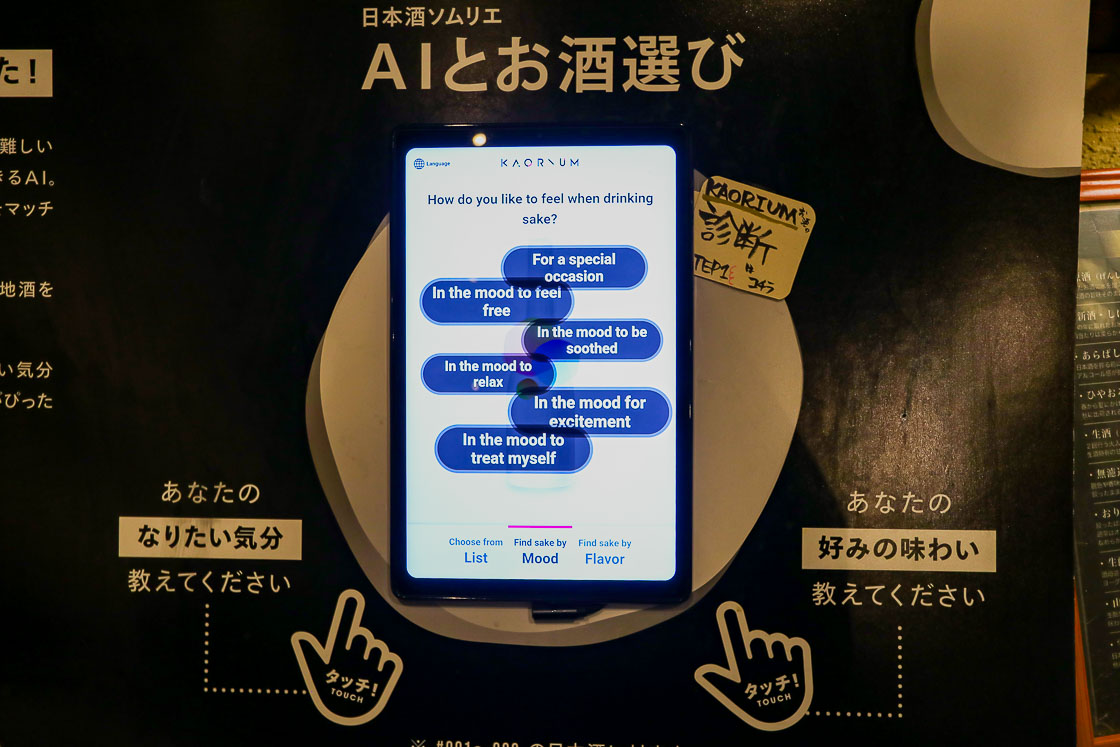
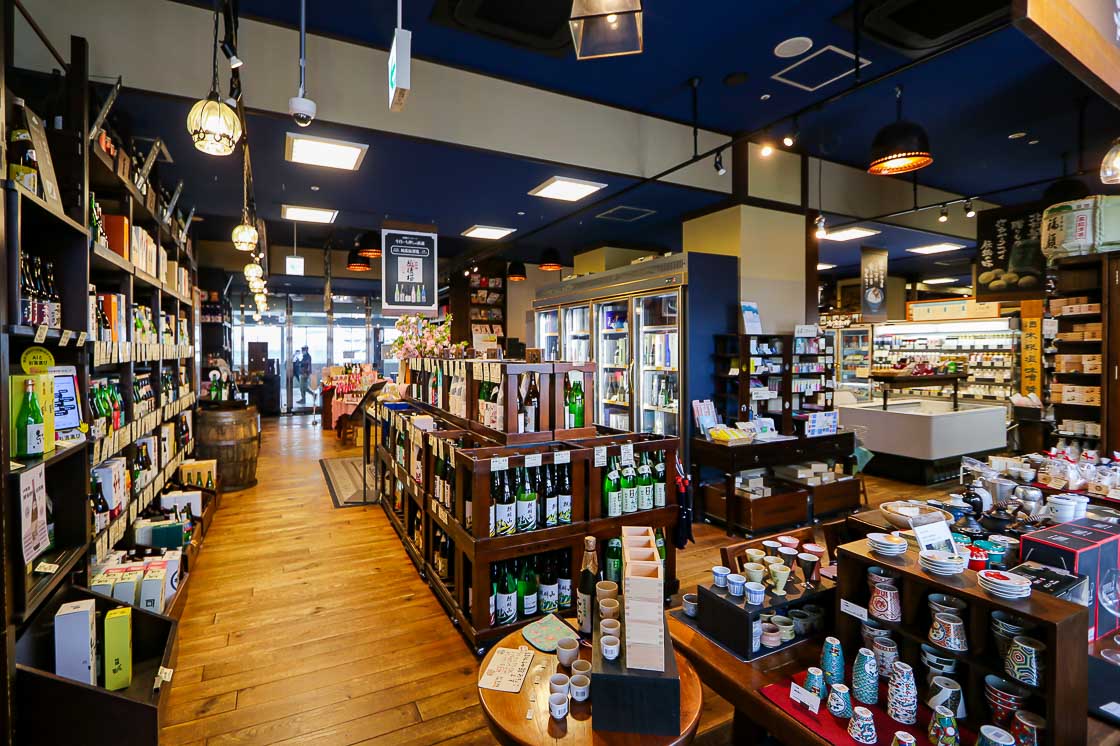
For lunch, I went to Kaku-uchi Sake Bar, a sake bar and deli. Seasonal and local dishes are available as well as larger servings of sake, perfect for those who want to have some food and more sake. Adjacent to the sake bar is a marketplace selling rice, snacks and of course, sake. I saw many people picking up snacks and souvenirs, and could not help myself and took a quick look around so that I knew what I could pick up before going home the next day.
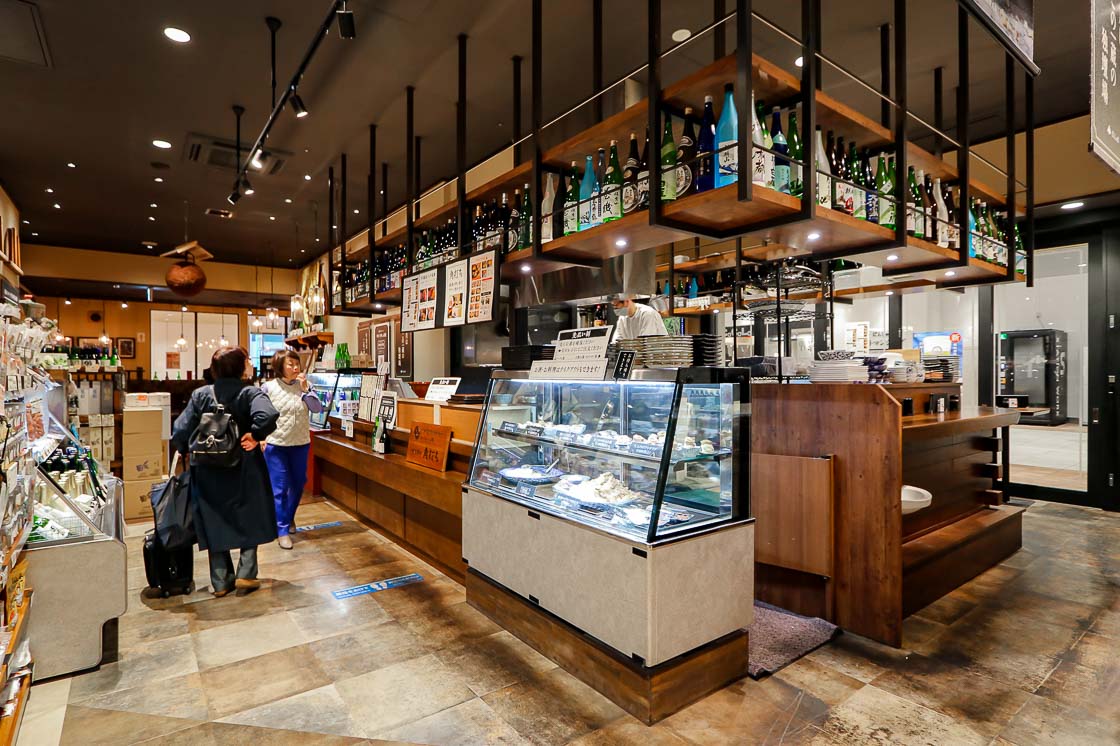
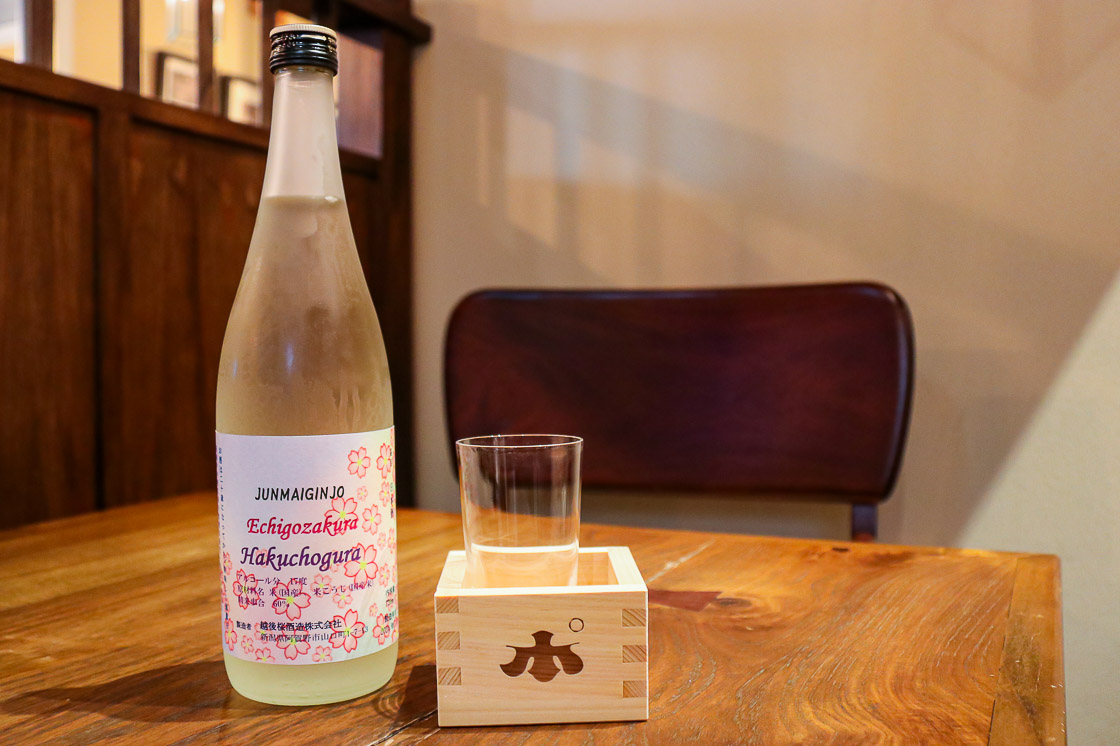
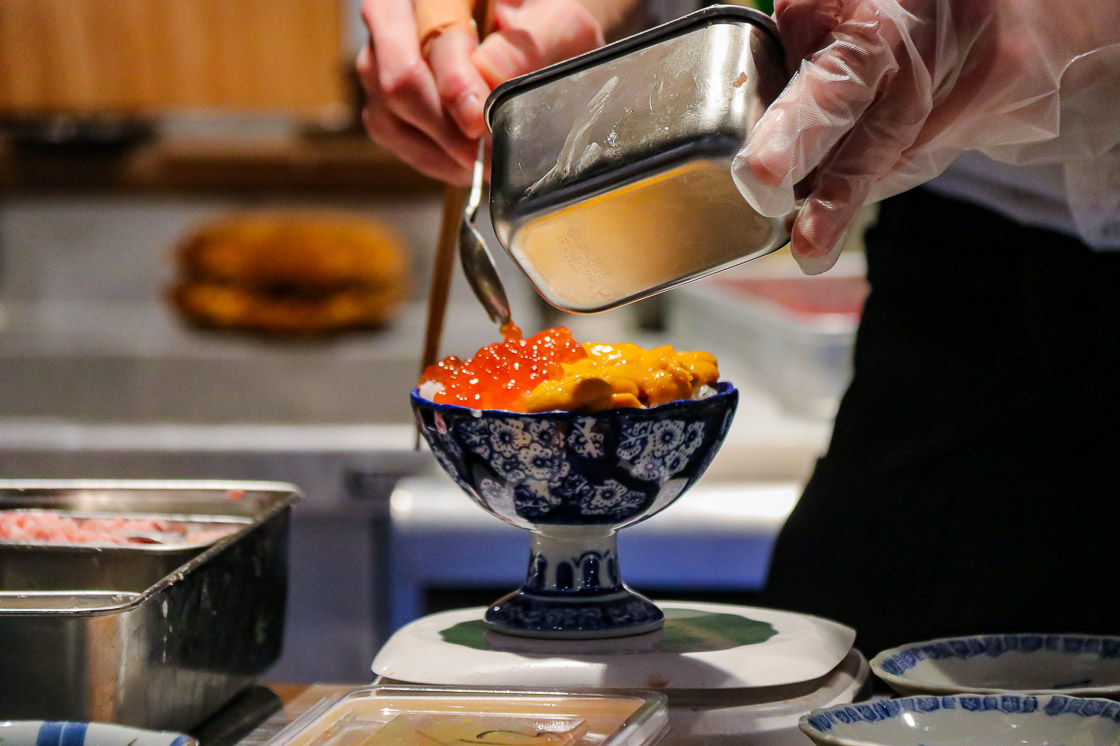
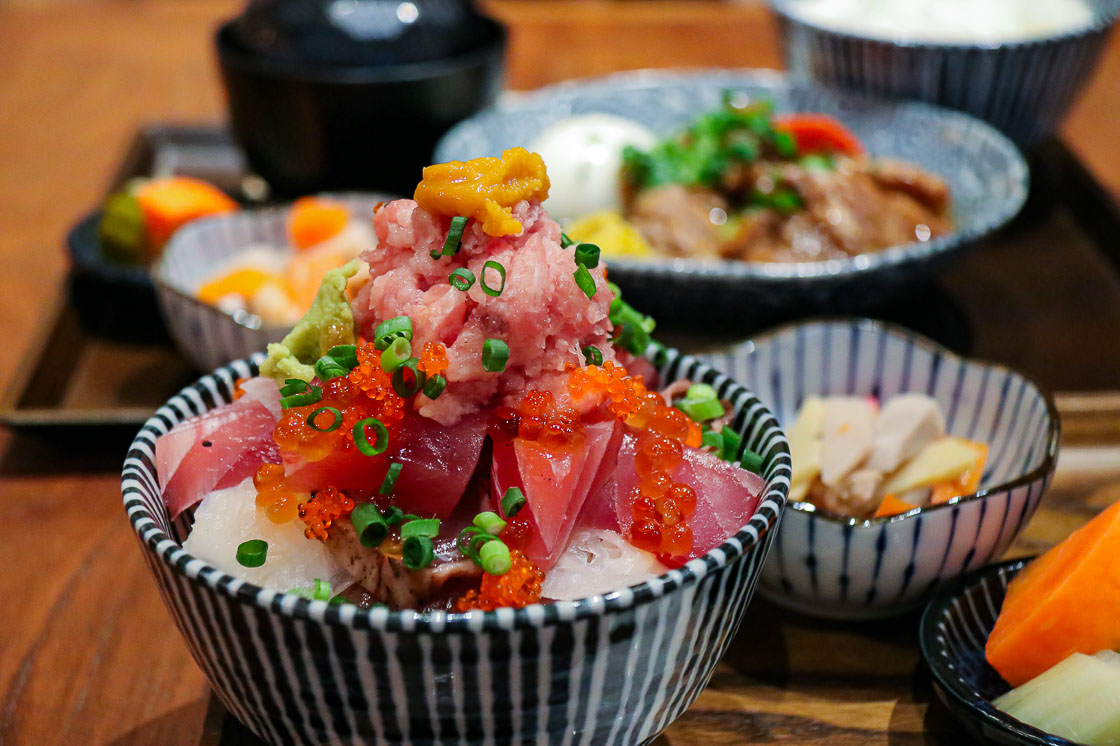
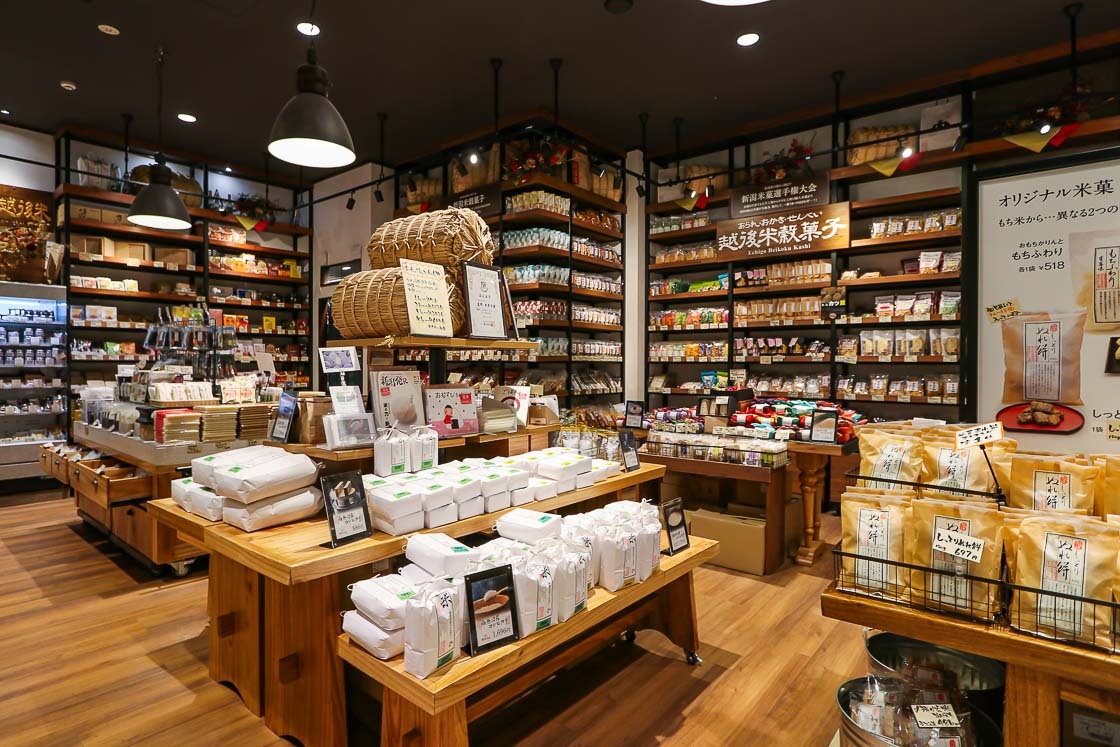
To round up my exploration of the Ponshukan complex, I headed to Ponshukan Craftsmanship, a shop dedicated to the local and traditional crafts of Niigata. This one-stop shop had interesting home goods from the neighboring cities like Tsubame Sanjo, which is famous for its metalworks.
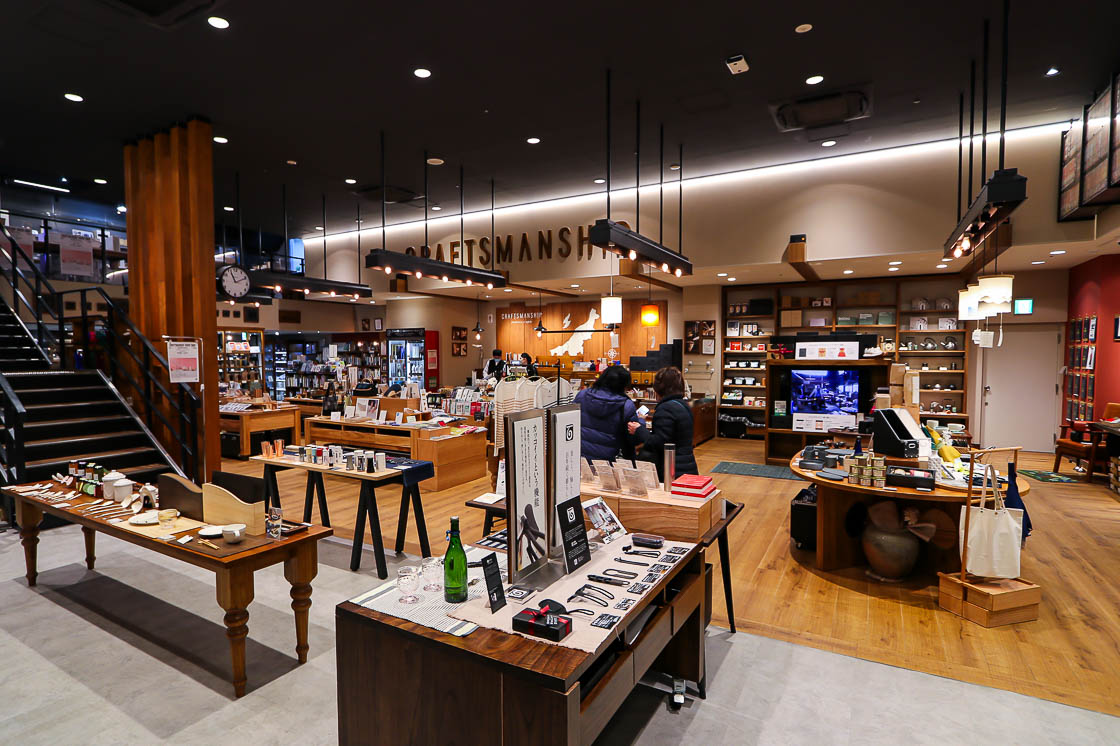
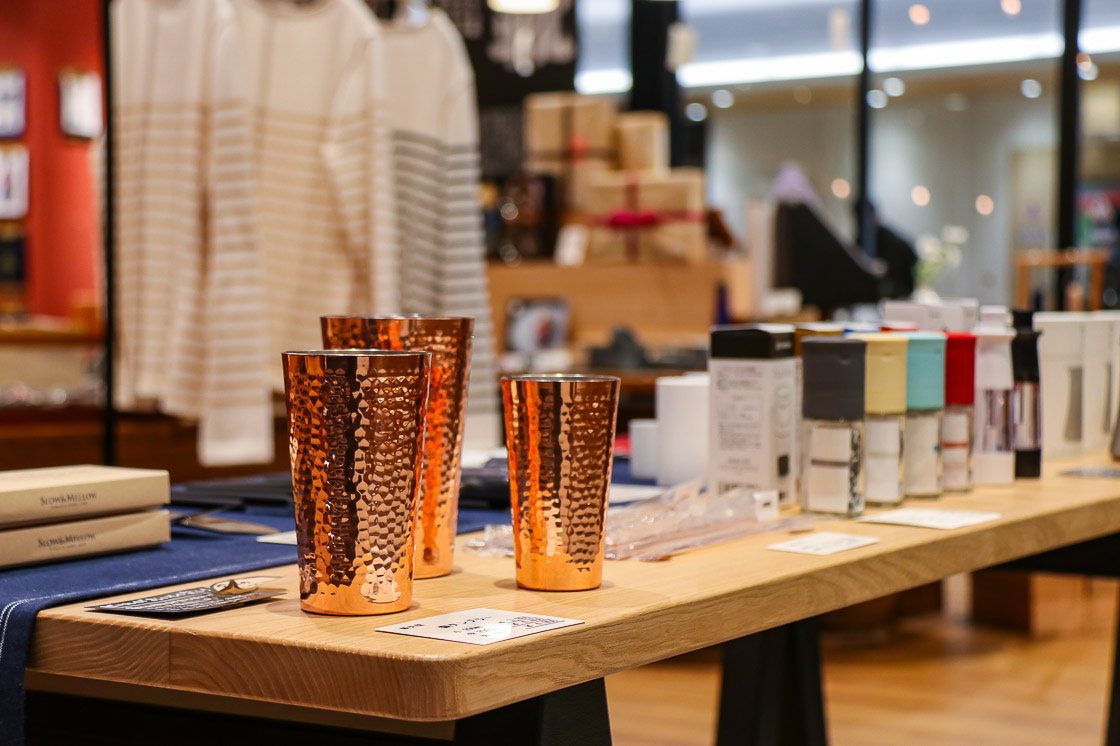
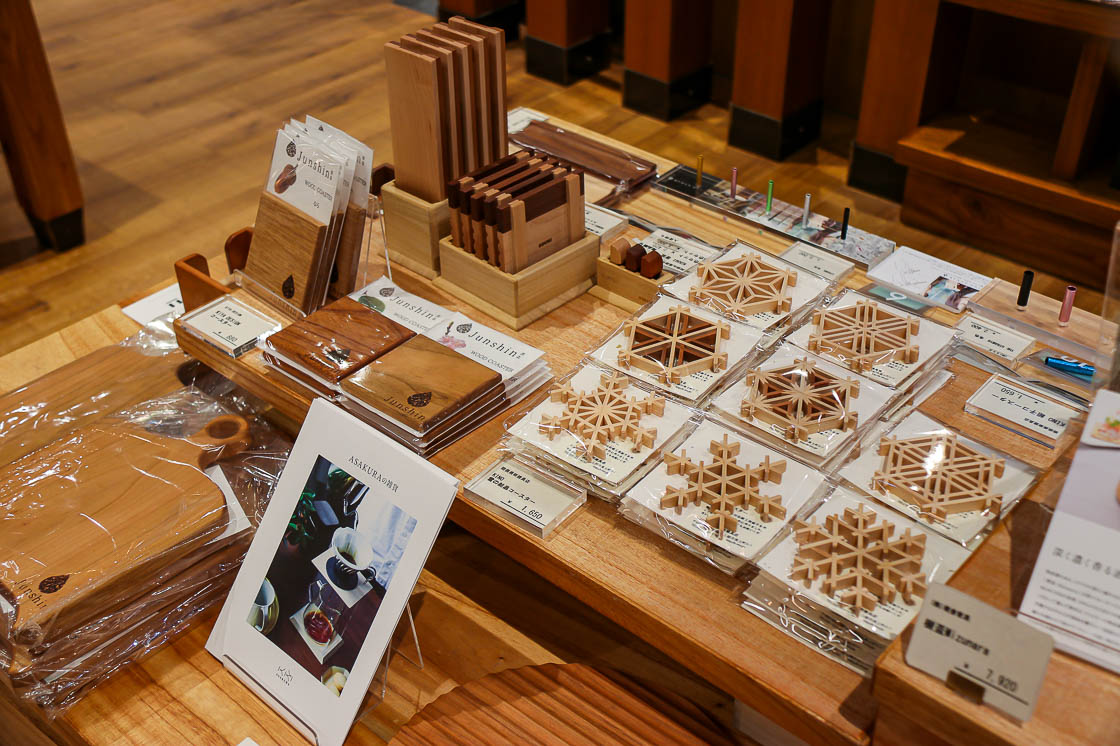
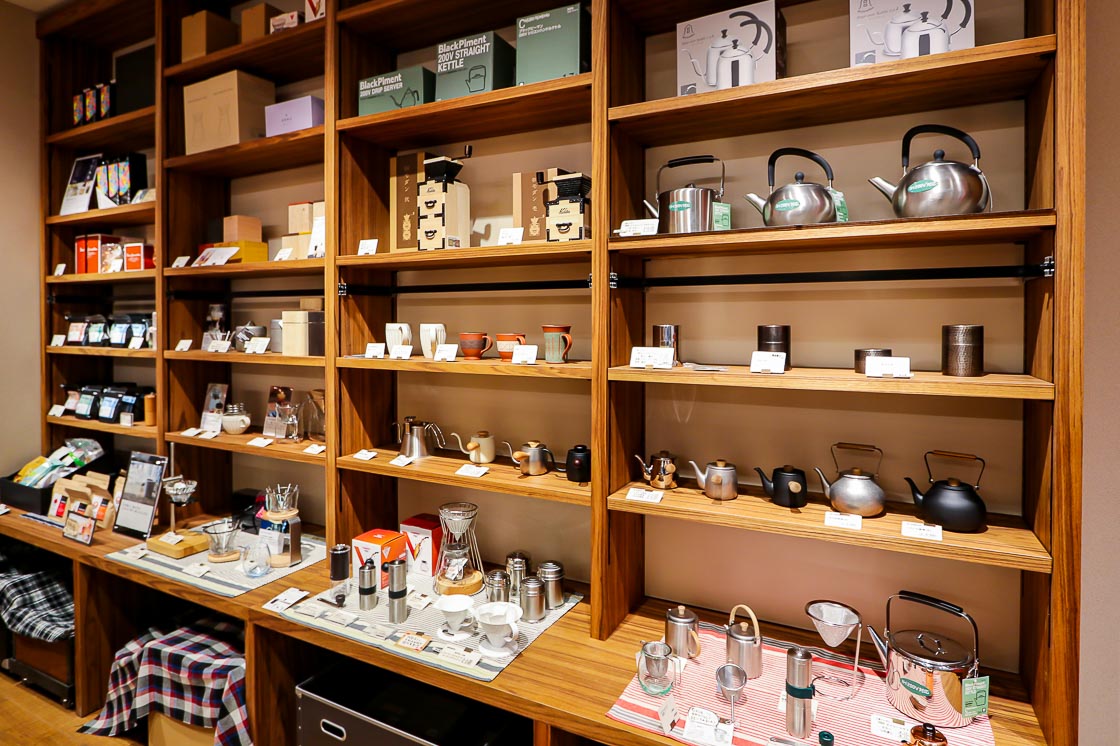
Separate from the Ponshukan complex, but directly connected to Niigata Station is Tabi Bar, a sake bar within a cafe serving local dishes. What sets Tabi Bar apart from Kaku-uchi Sake Bar is its collection of sake. Over 200 sake from across Niigata are available at Tabi Bar, including some limited edition and hard to find ones. The bar gets livelier in the evenings, and while walk-ins are welcomed, it is recommended to make reservations if visiting in the evenings on weekends and holidays. I made a mental note to myself to revisit Tabi Bar before my train back home the following day.
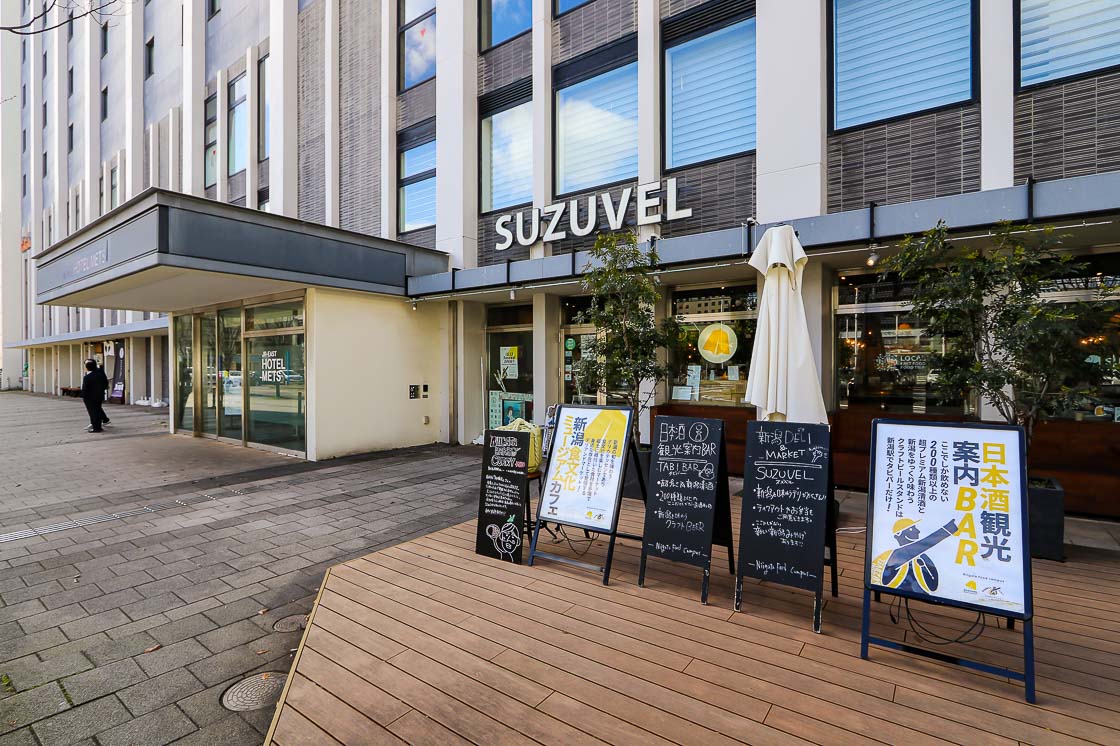
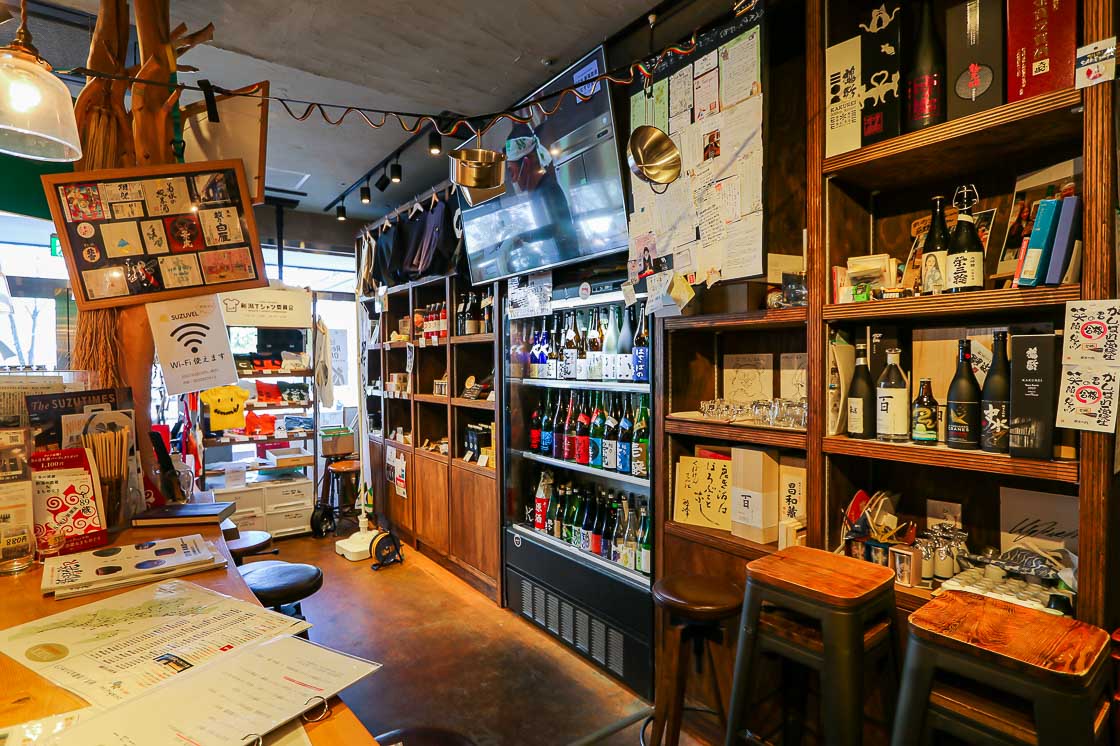
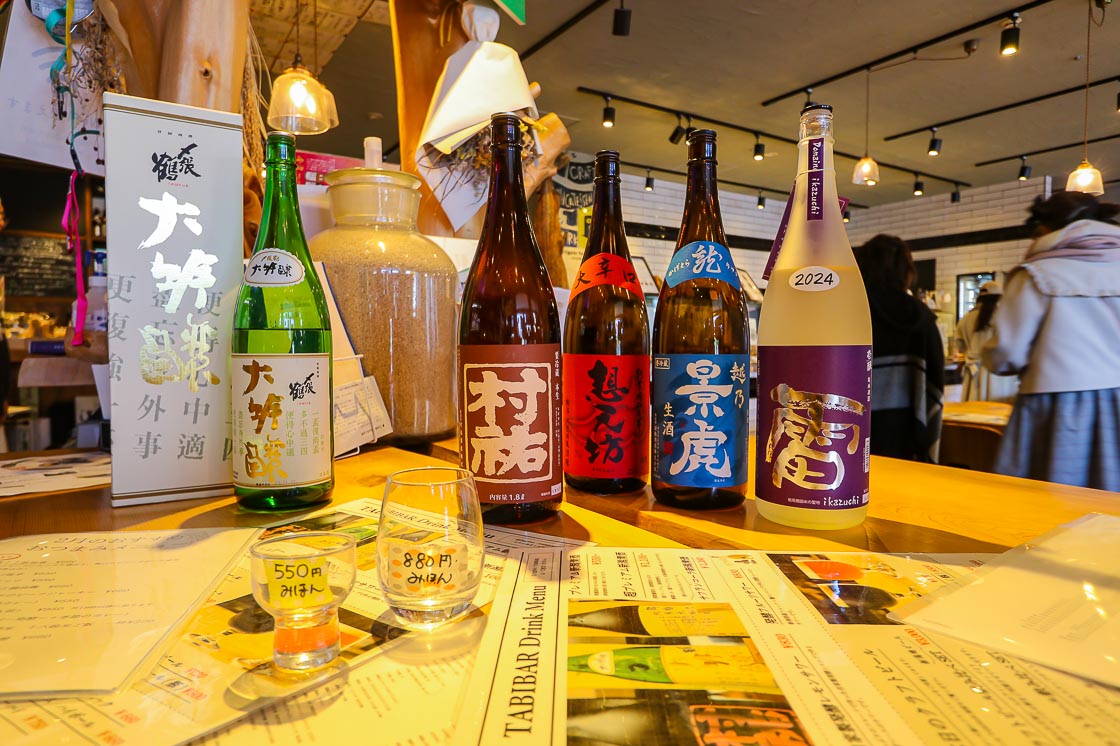
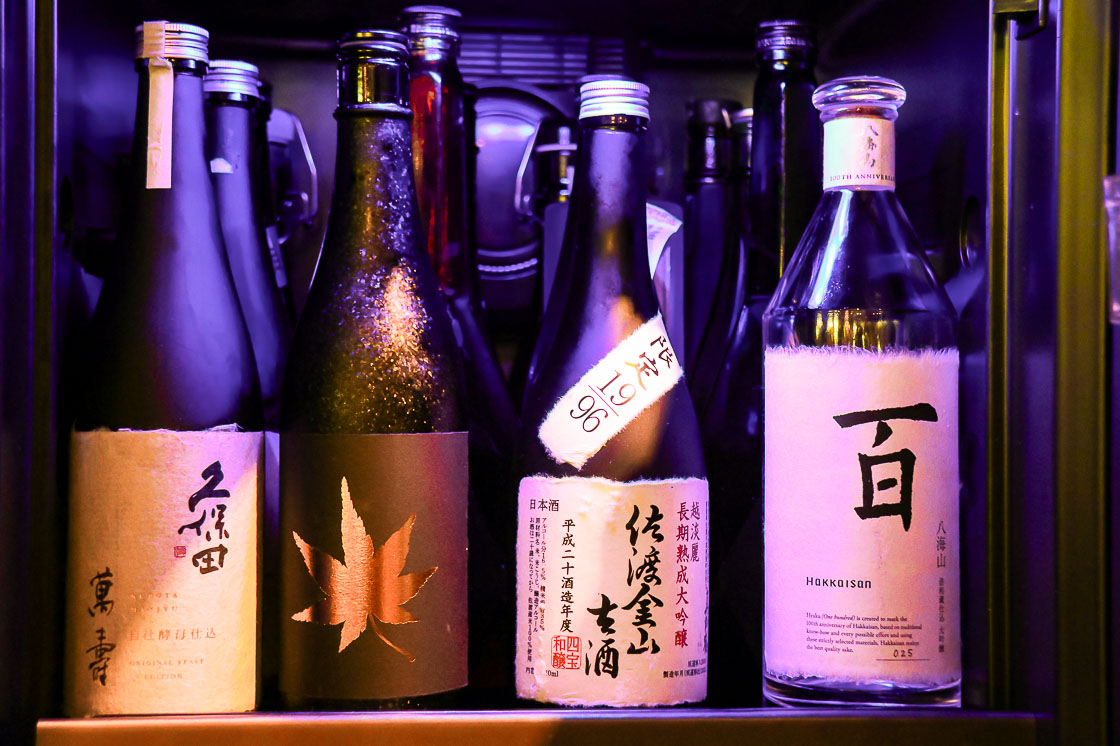

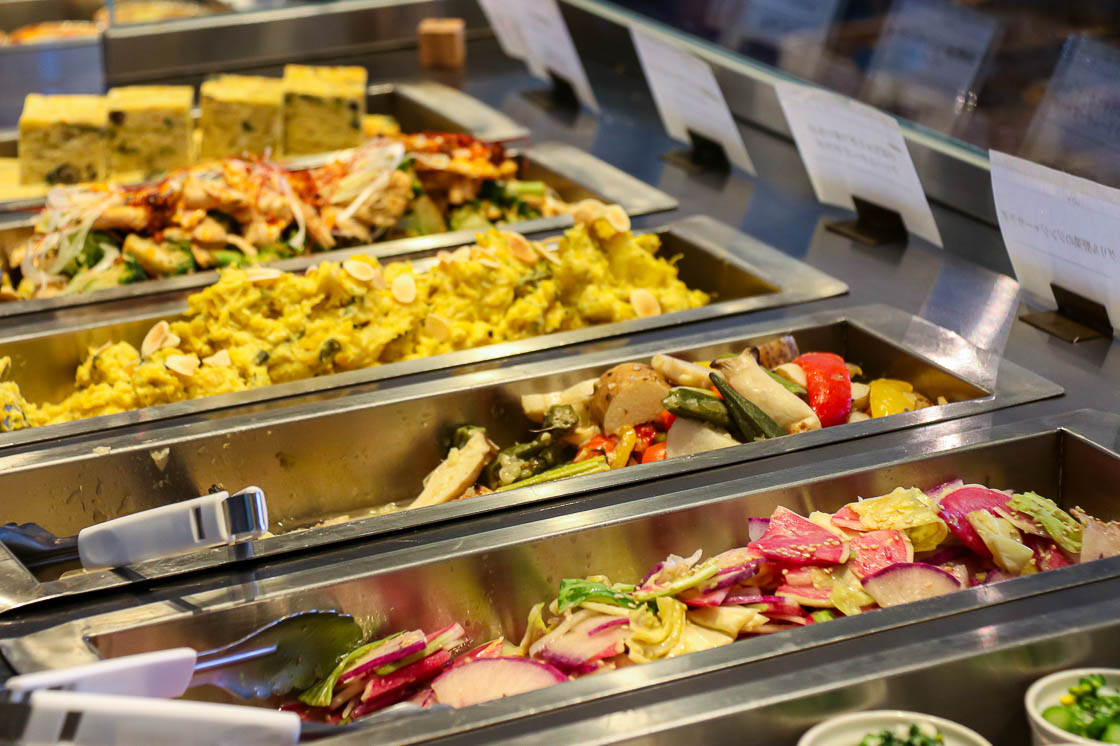
Imayo Tsukasa sake brewery
Imayo Tsukasa Sake Brewery is about a 20-minute walk from Niigata Station. The company had its beginnings as an inn and sake shop over 250 years ago, when Niigata was one of the major ports serving Japan's most important old shipping trade route transporting goods and food during the feudal period. Sake making became the company's main business arm only in the late 19th century.
In its early days, Imayo Tsukasa gained the reputation of being a representative Niigata sake as it did not dilute its sake with water in an age when that was common practice to increase profit margins. In the century or so since they have been in business, Imayo Tsukasa has continued to innovate and improve on their brewing techniques and adding modern touches to their traditional craft. The company's efforts have resulted in sake that have won both international and domestic awards, as well as sake labels that have won international design awards.

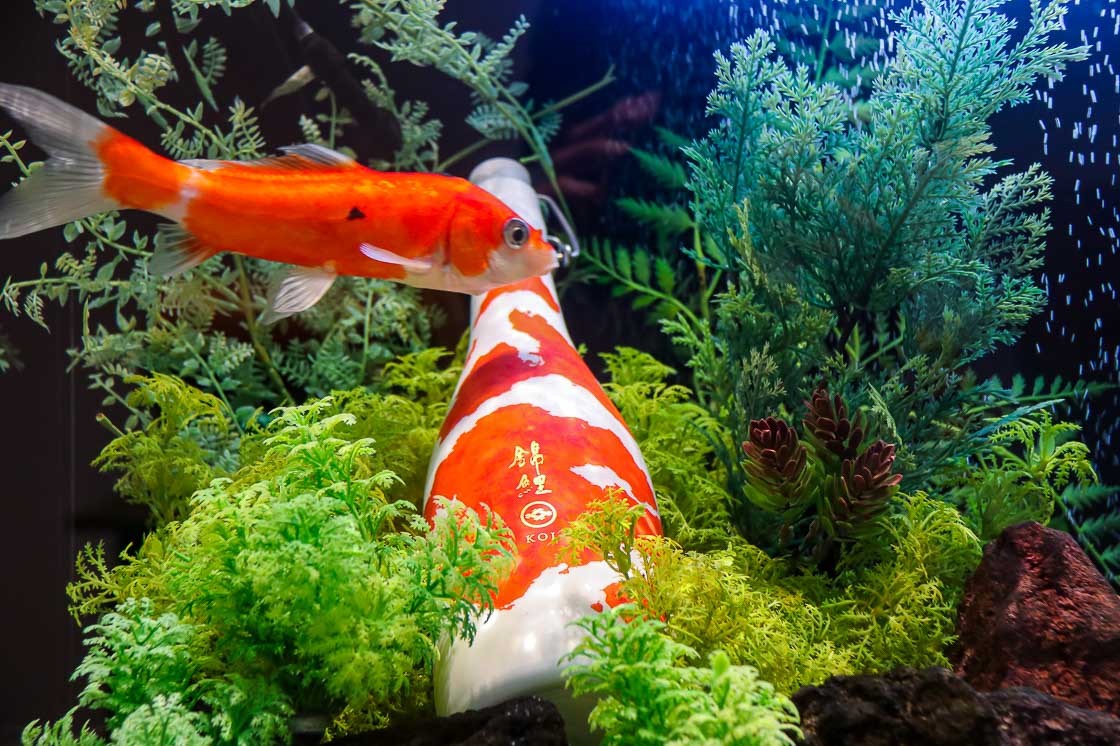
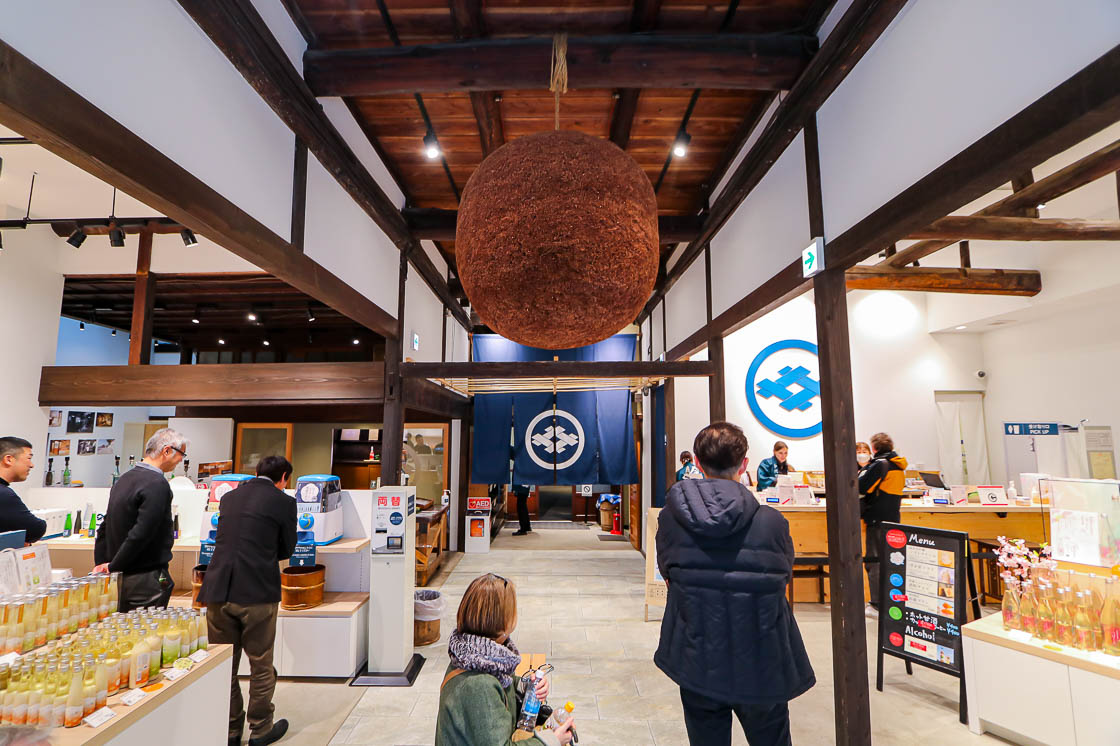
Free Japanese-language brewery tours are available everyday at Imayo Tsukasa, and paid English tours are held once a day on weekdays only. I participated in the English tour, and there was only one other guest when I was there. Personally, I benefited from the intimate tour, and found it to be very educational due to the clear explanations and the opportunity to ask all the questions.
A small selection of free alcoholic and non-alcoholic samples are available at the end of the tour, but better than that is the paid premium sake tasting, which is a steal at 1000 yen (accurate as of March 2024). Over ten sake - almost the whole range that is available for sale at the shop - can be sampled, which is a good way to try before you buy. Naturally, I went for the paid premium sake tasting and got to experience first-hand the differences between the various sake. Some of my favorite sake included one that was made in a wooden barrel.
Those who want to tour a sake brewery should not miss out on Imayo Tsukasa Sake Brewery in downtown Niigata.

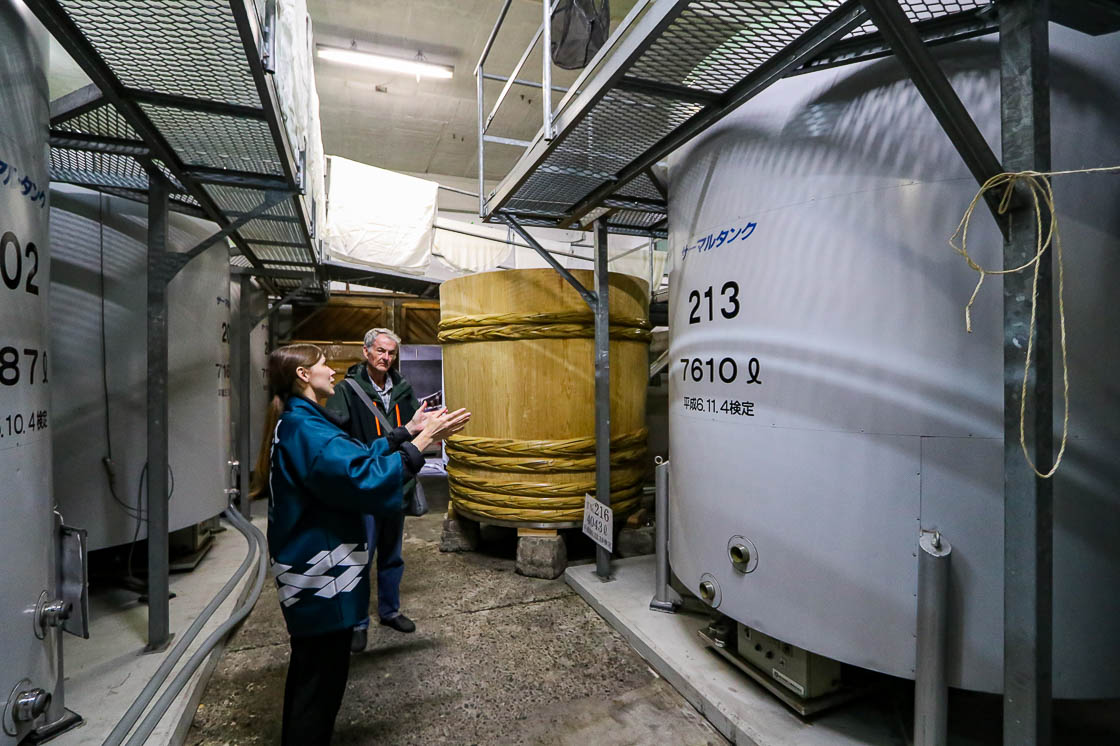
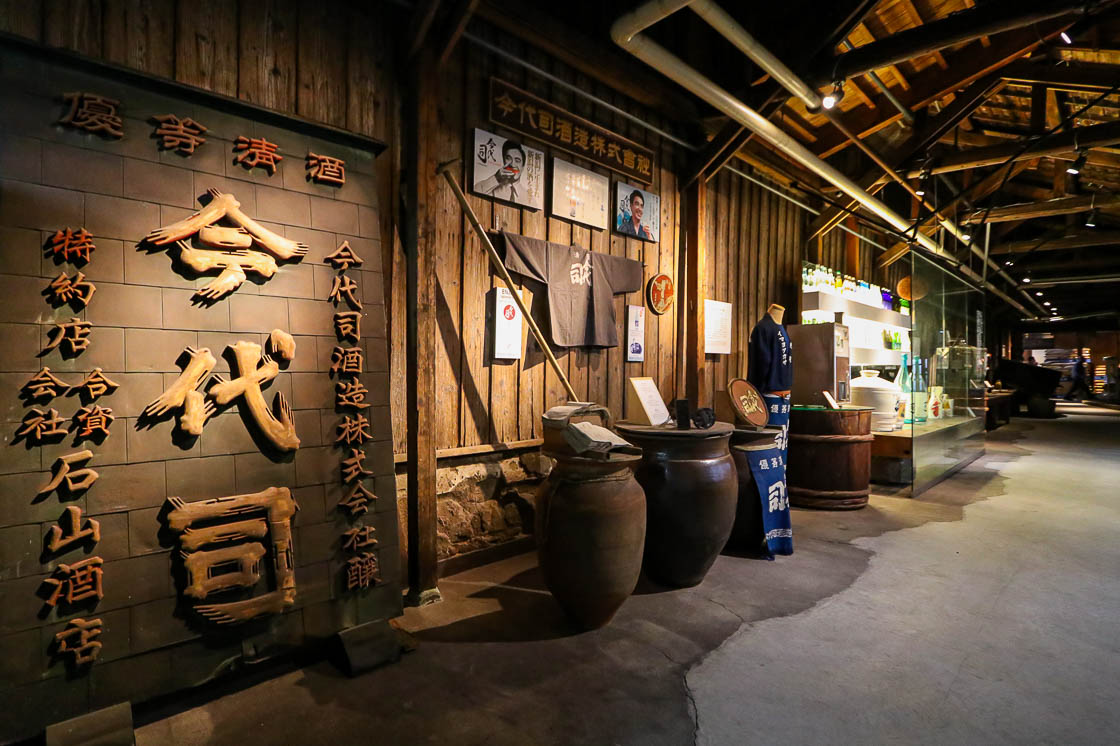
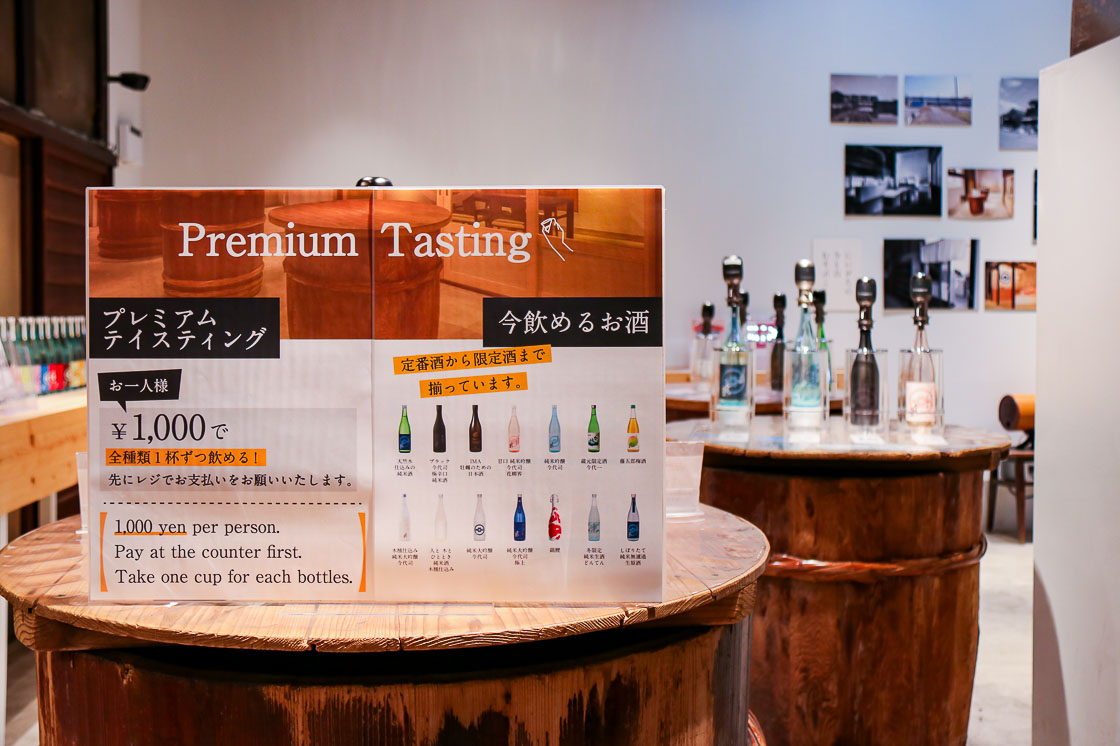
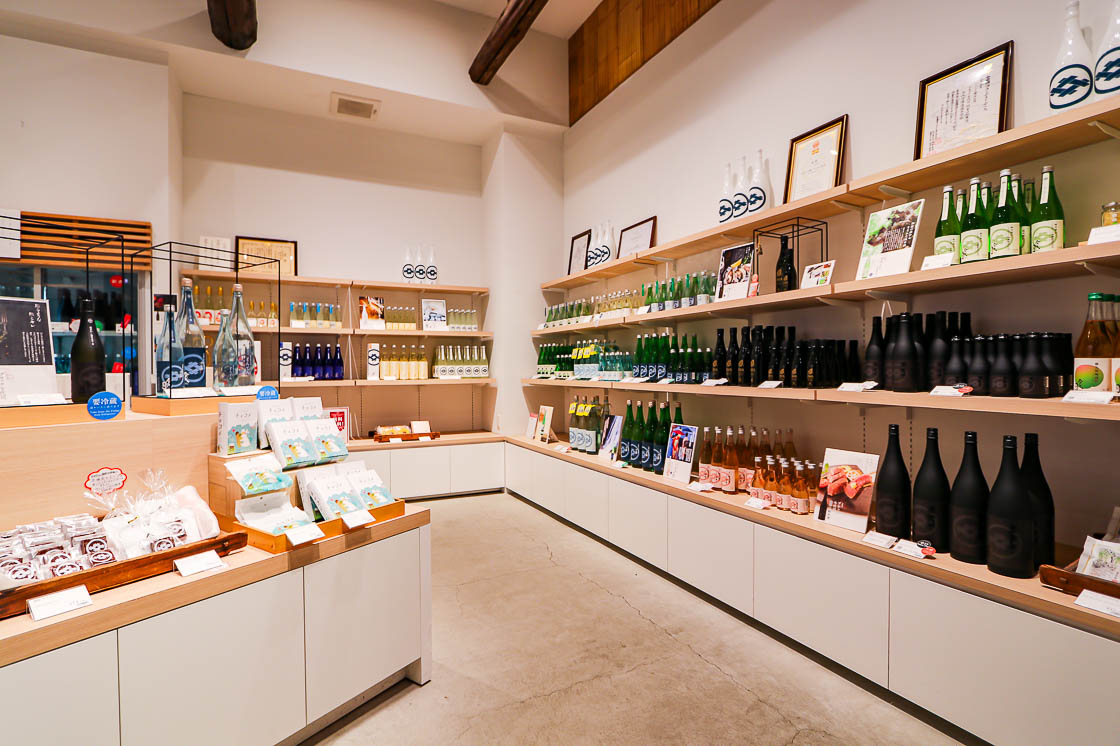
Dinner at Ika no Sumi, a local izakaya restaurant
Deciding where to dine in central Niigata can be a hard task when there are so many good options in the city. For dinner, I visited Ika no Sumi, a popular restaurant that features fresh Niigata ingredients and local sake. The menu highlights the freshest, local and seasonal ingredients while also including Niigata regional specialties like deep fried pork cutlets (tonkatsu), tofu puffs (aburaage) from Tochio, wagyu beef from Murakami and seafood from Sado Island.
It would have been the dream to order a little bit of everything, but with limited stomach space, I had to prioritize my order. I ended up selecting a few local specials for dinner, specifically squid fished from the waters of Niigata, rice from Sado Island cooked in a copper pot with sake making water and a sake tasting flight. Speaking of sake, Ika no Sumi carries a sizeable range of Niigata sake. While the tasting flight was a good sampler, there were many more to choose from and try - many of which pair well with food due to their clean and light flavors.

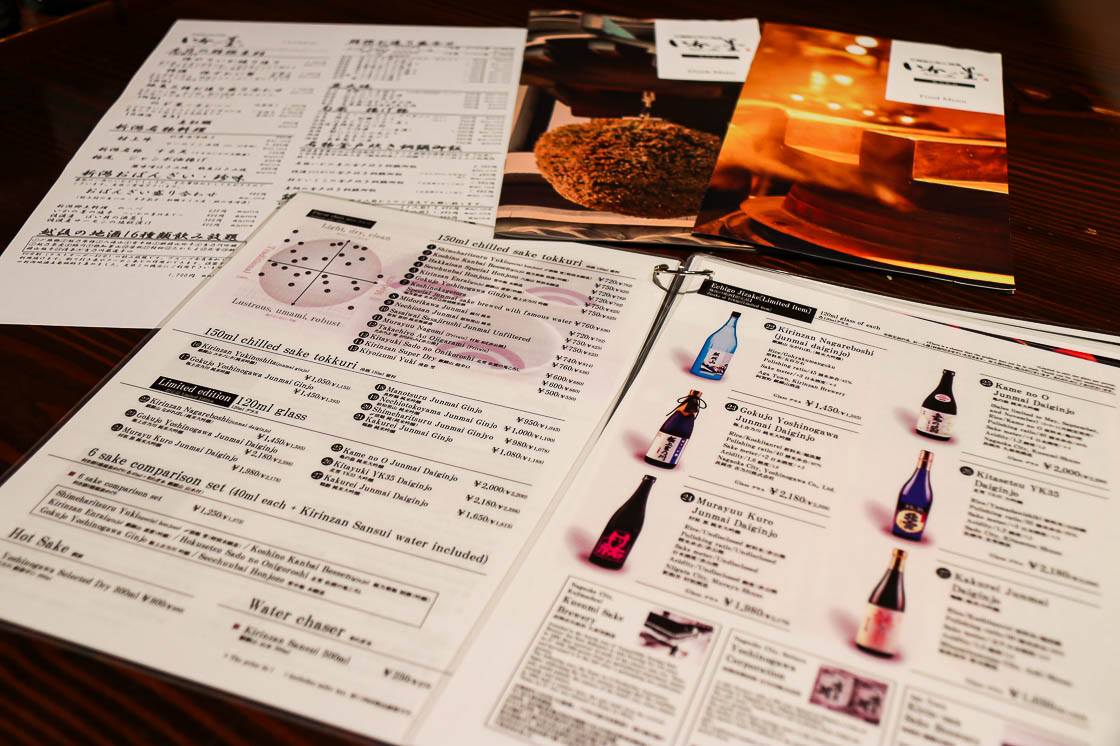
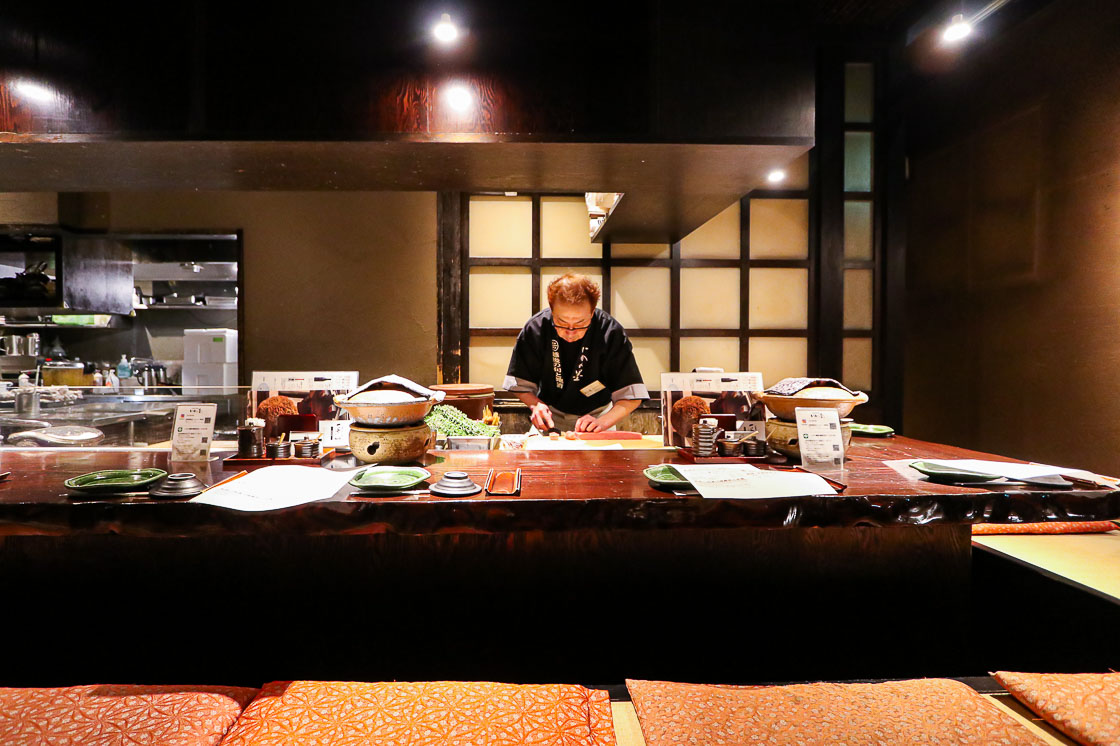
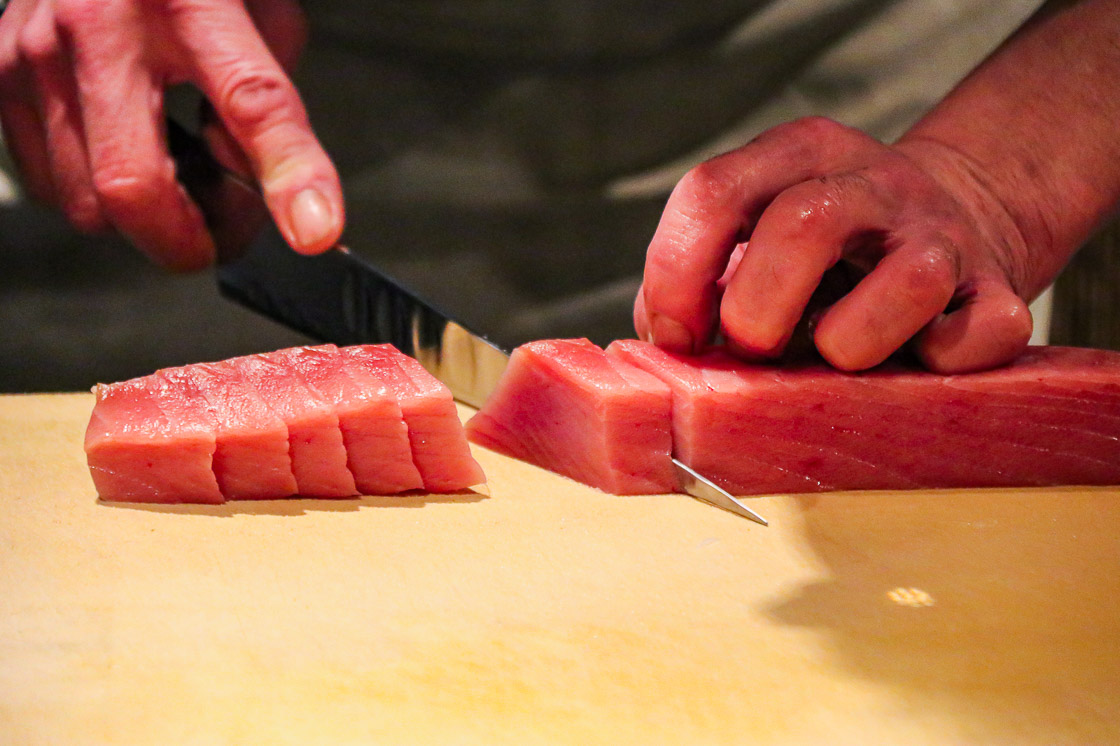
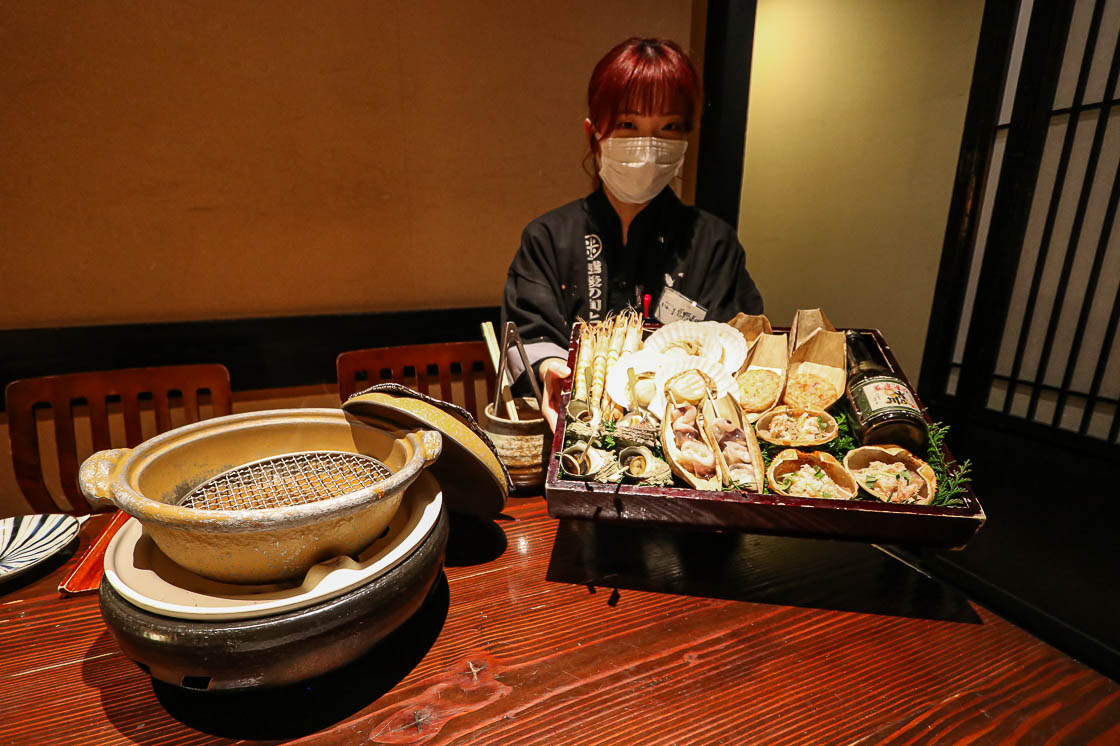
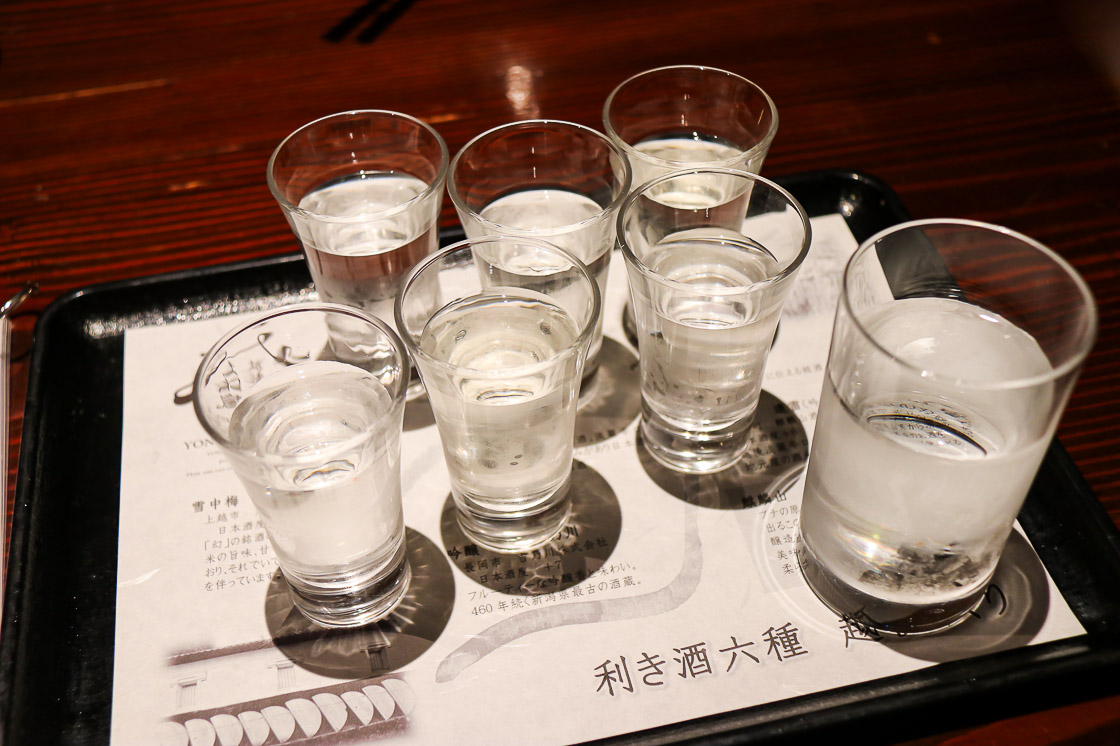
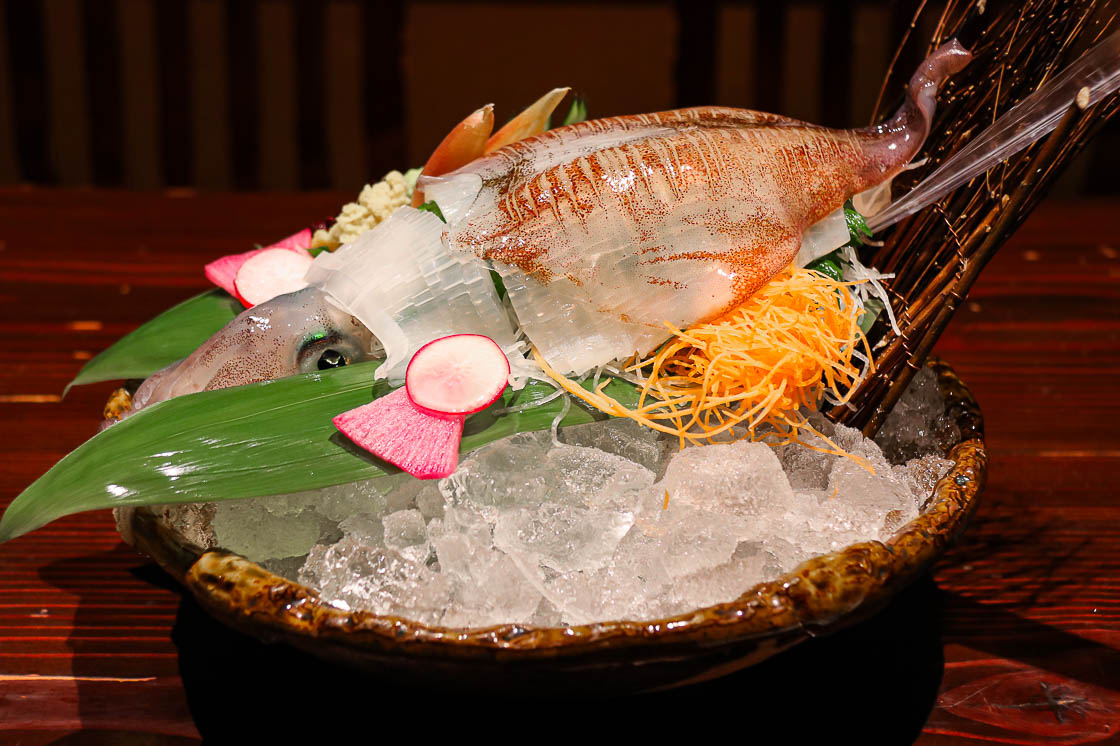
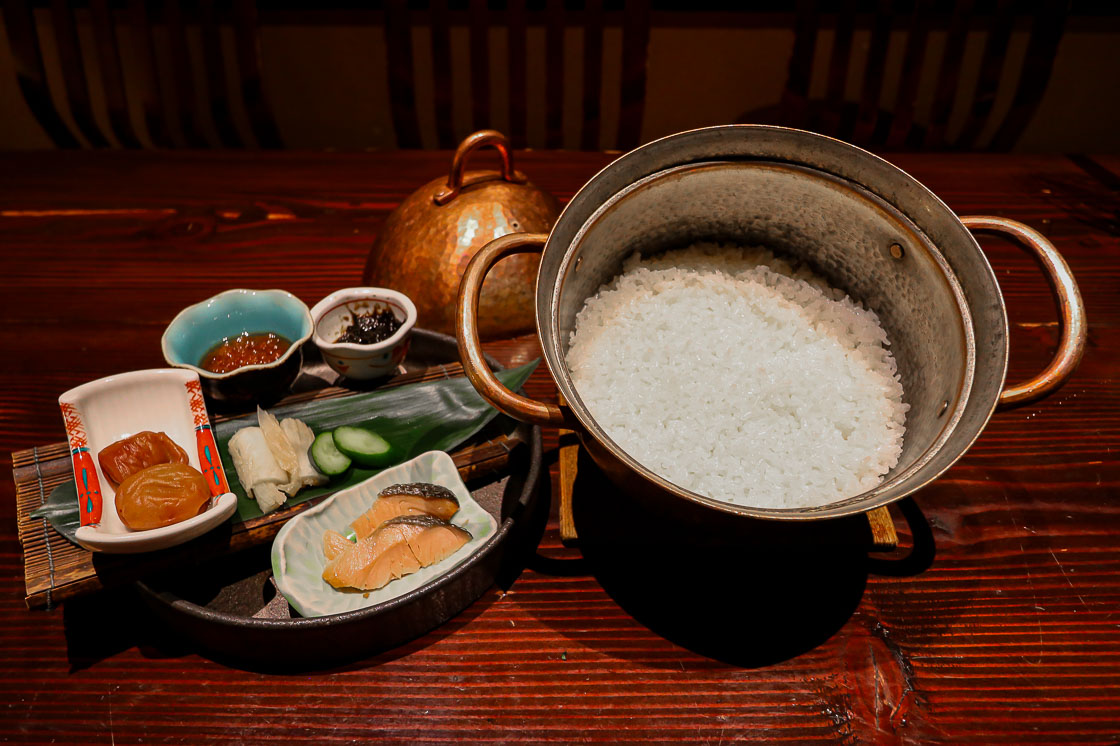
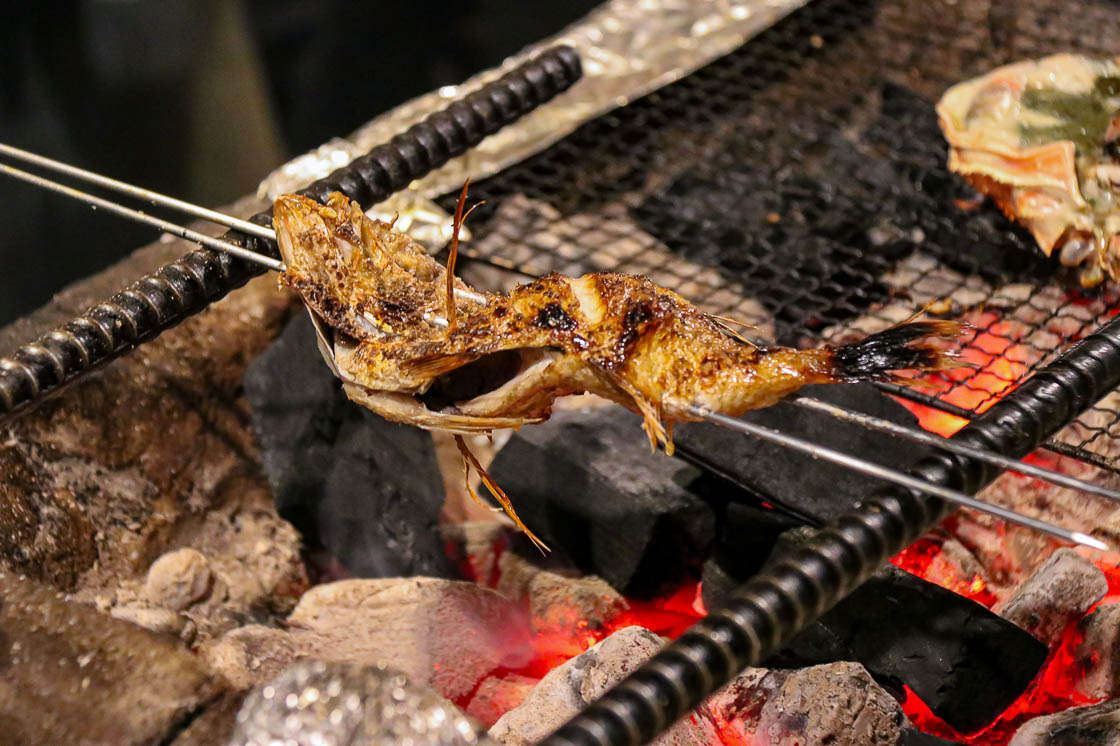
Bekkan Tachigui Benkei, a standing sushi bar
Located at the mouth of the Shinano River is Pier Bandai, a river and port-side market containing a fish market, a meat and produce market, cafes, restaurants, a grocery store and two terrace areas (one indoor and one outdoor). Pier Bandai is a local haunt and a tourist attraction, where one can learn more about Niigata culture through food. Seasonal fish and the fresh catches of the day make their appearance at the fish market, where the locals get their fresh seafood at cheaper prices compared to the supermarket.
During the warmer months, grilling stations in the outdoor terrace area are available for rent, setting the stage for the perfect day out grilling and eating local ingredients bought from the fish and produce markets. What is more, the grocery store in the market carries a large selection of local and international craft beer and sake. With food and drink all available at the market, and barbecue equipment available for rent, the only thing to do before going is to make sure there is an available grill for the feasting.
It is worth noting that all year round, the fish market sells pre-packed sushi and sashimi (raw fish) boxes as well as side dishes, which can be consumed at the indoor terrace area. Restaurants and cafes round up the places where visitors can dine on local cuisine.

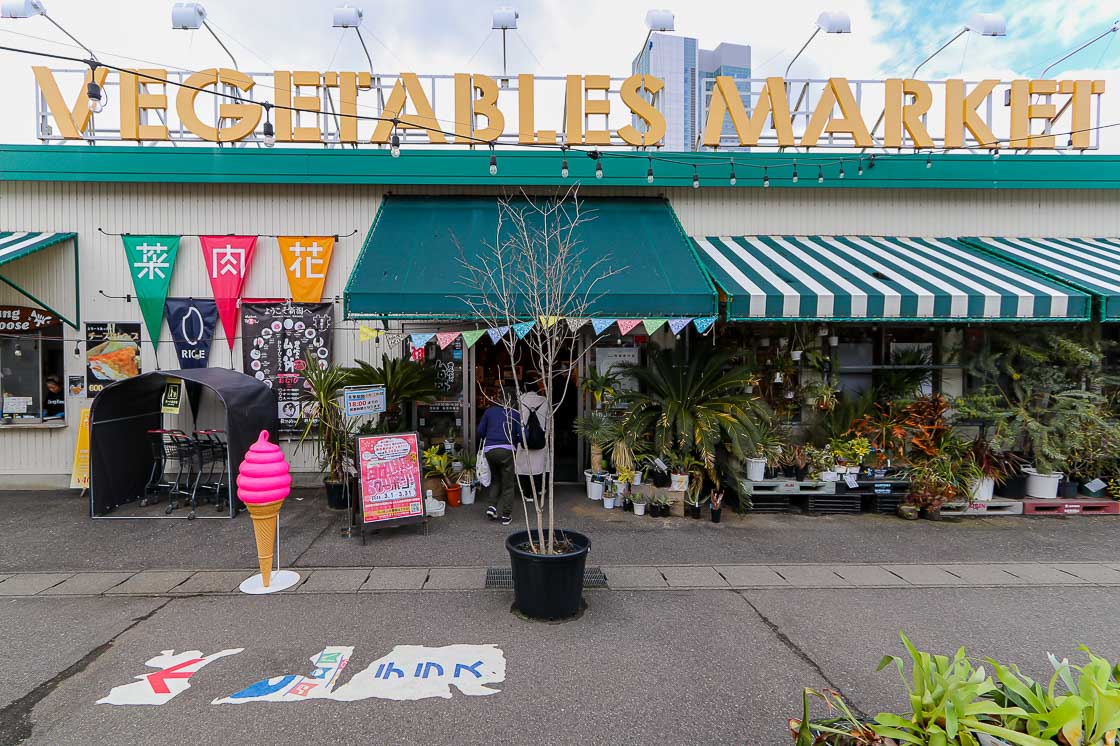
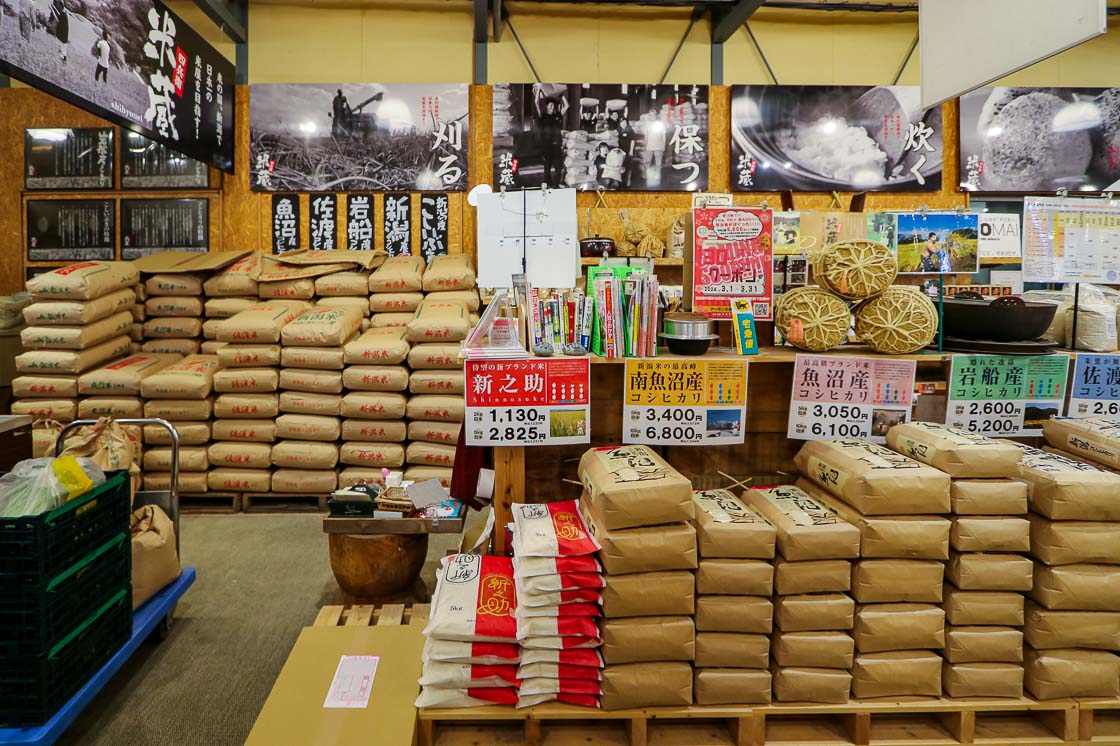
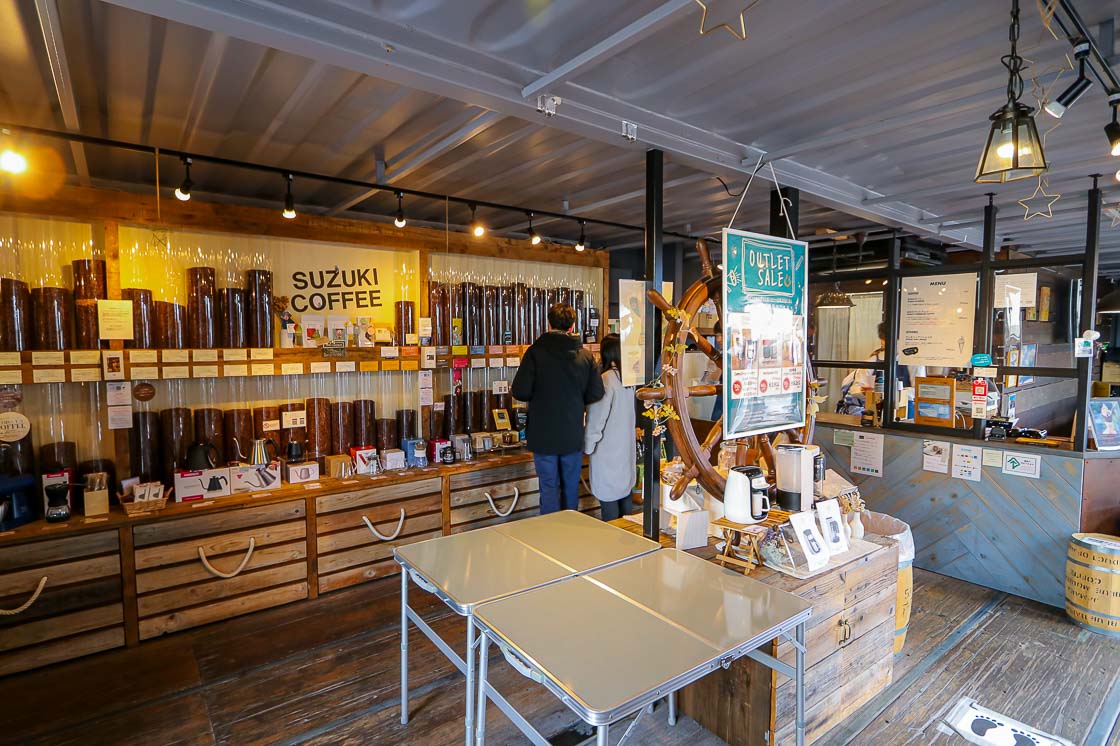
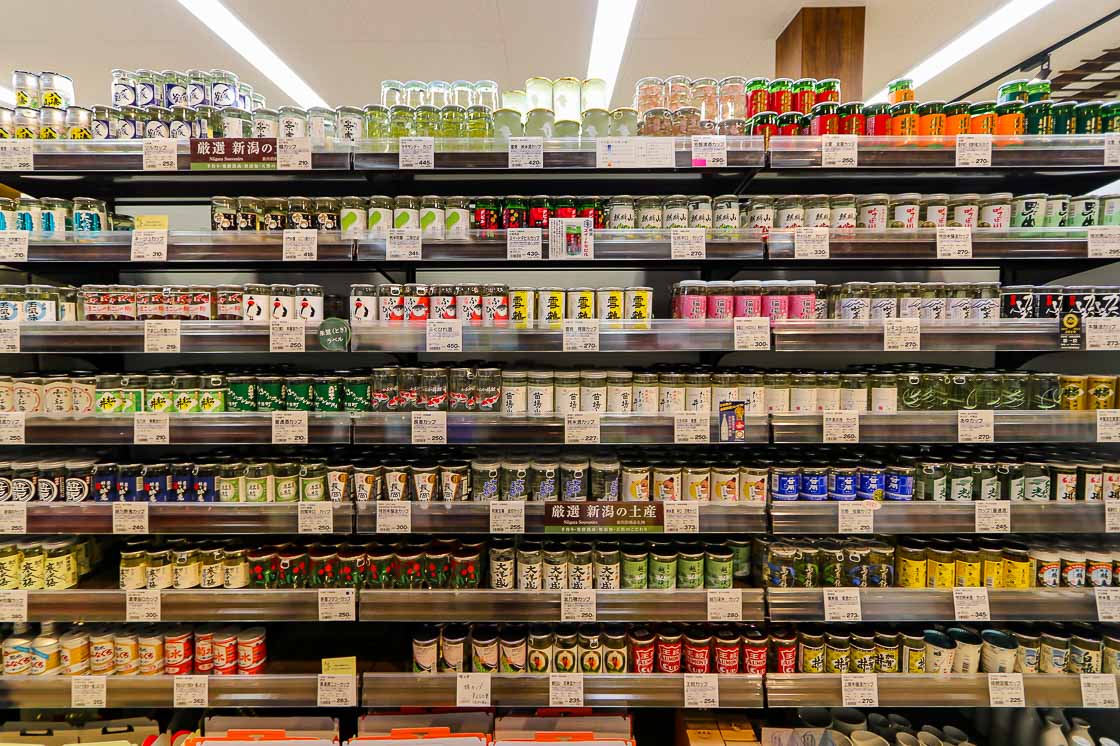
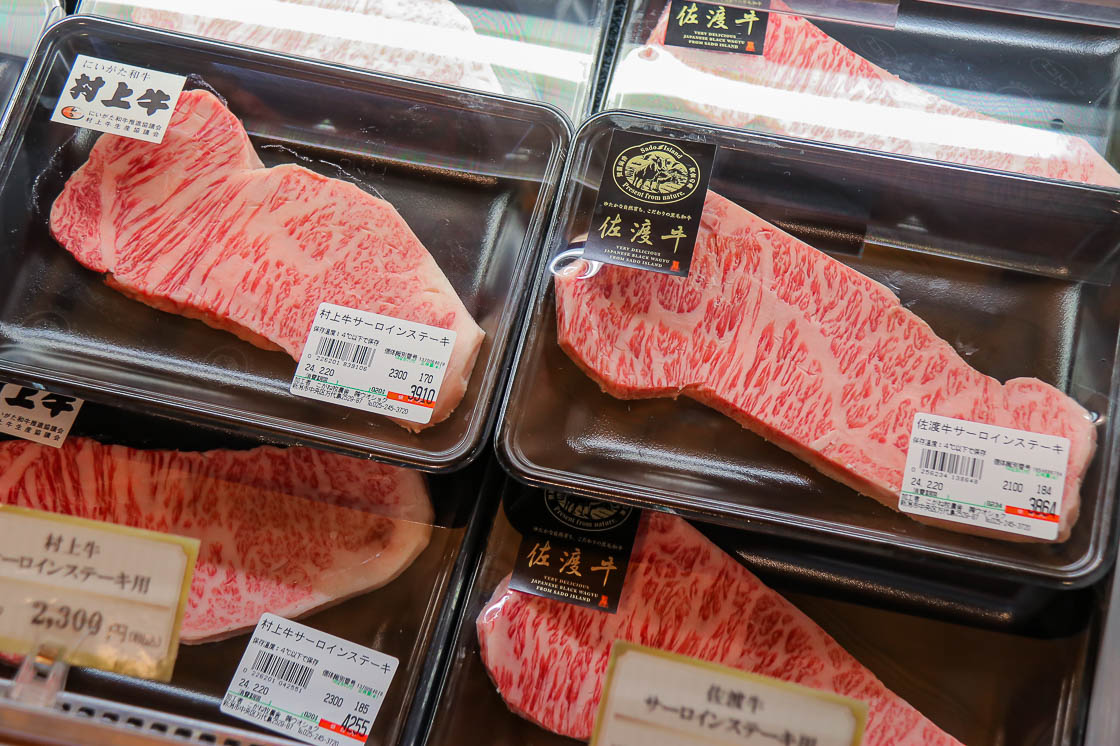
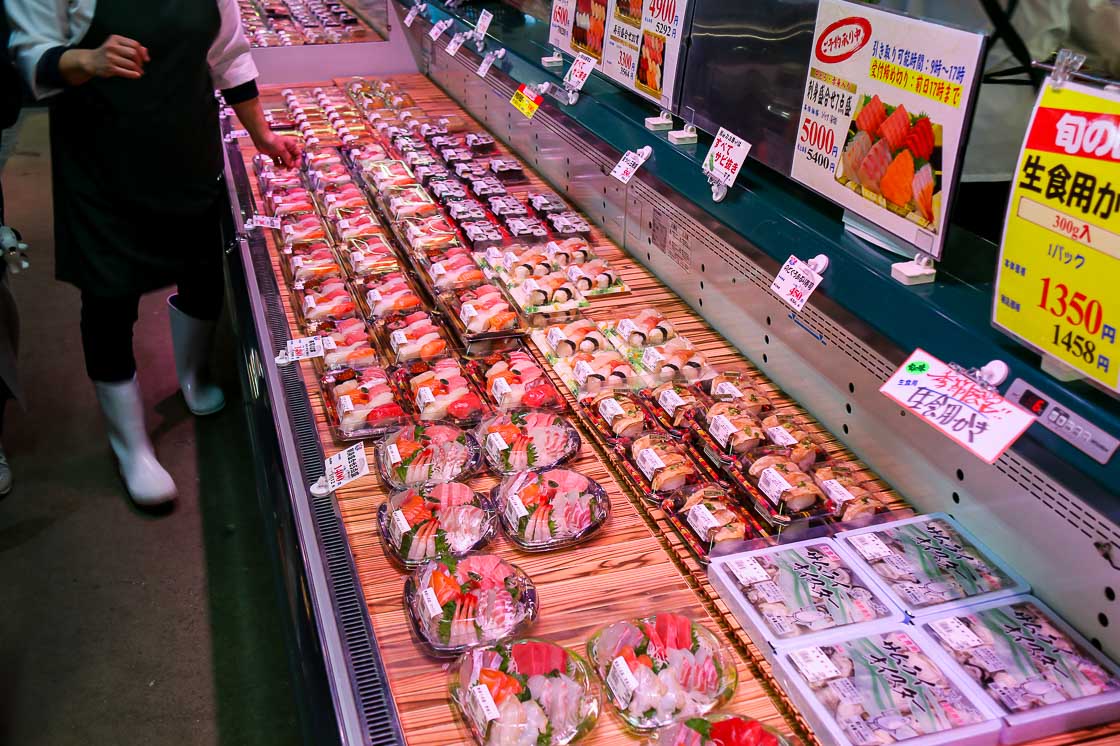
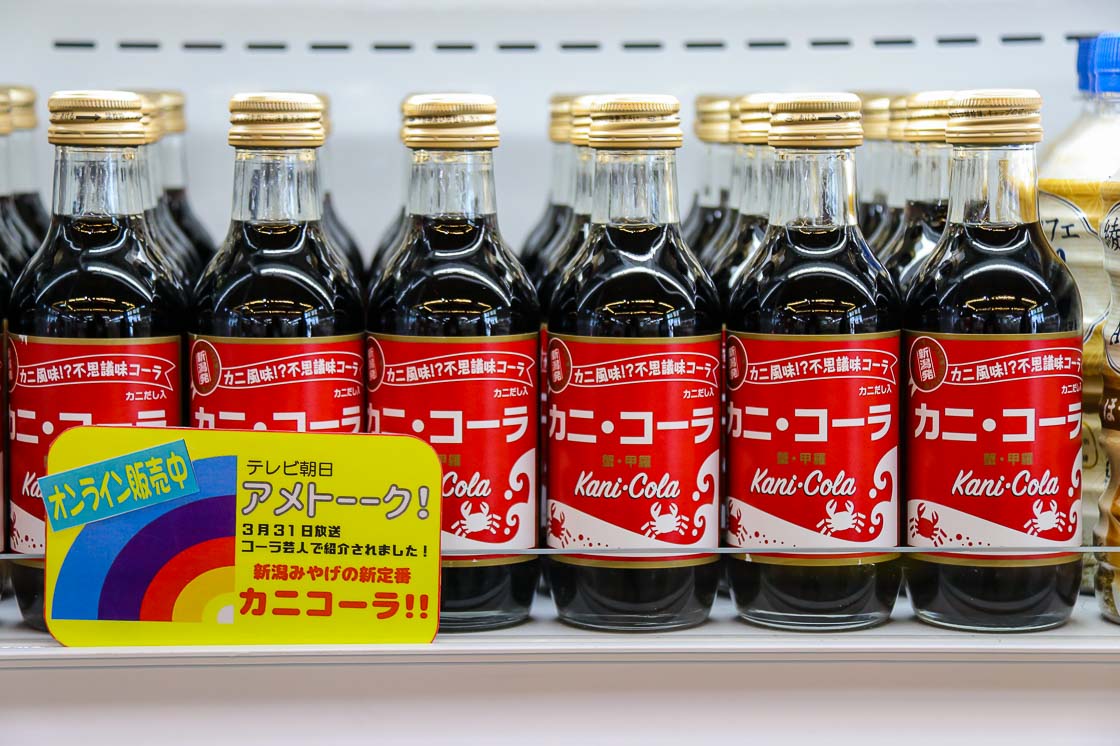
Operated by the Sado Benkei Group, which is headquartered on Sado Island just off the coast of Niigata City, the Benkei chain of sushi restaurants showcase fresh seafood and rice from the aforementioned island. There are two Benkei restaurants at Pier Bandai, Sado Kaitenzushi Benkei, a conveyor belt sushi restaurant, and Bekkan Tachigui Benkei, a standing sushi bar. I went for Bekkan Tachigui Benkei, which has a nice selection of cup sake.
The casual dining spot is open for lunch and dinner, and offers over 20 types of cup sake as well as limited sake specials. While the standing sushi style may not be for everyone, I found the experience to be very local and authentic. Sushi was served directly on the counter, and sake was self-serve, i.e. customers choose their cup sake and take them to their table.
I also enjoyed chatting with Ikarashi-san, the affable sushi chef, who prepared each sushi piece deftly. The amount of rice was always just right for each slice of raw seafood, and as a left-hander, I was very touched when Ikarashi-san noticed and changed the angle of my sushi pieces to make it easier for me to pick up - a small, but key detail that not even high end places do well!
Service aside, the fresh sushi and sake complemented one another, and as Ikarashi-san explained, the sake available at the restaurant were specially selected to pair well with sushi. Before this, my image of cup sake was that they were run of the mill, easily and cheaply available, but I was glad to be proven wrong and got to know about the other side of cup sake. I had a great sushi and sake lunch at the market and would 100 percent recommend this place to those who want to have a quality experience at an affordable price.
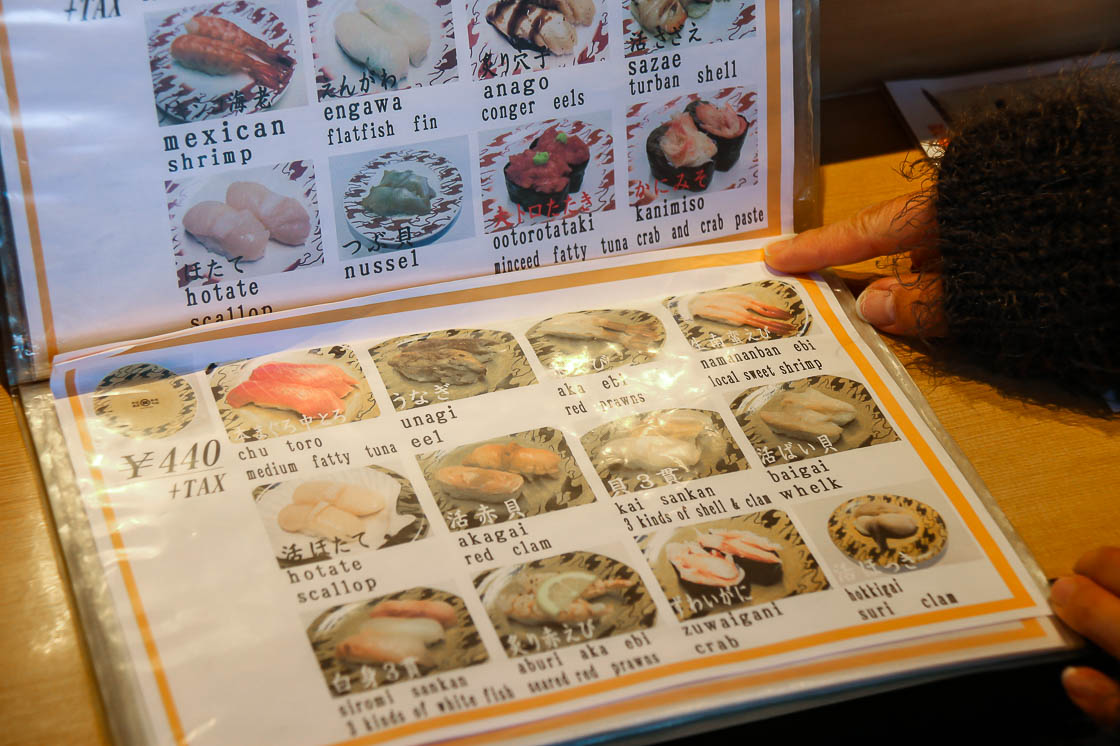
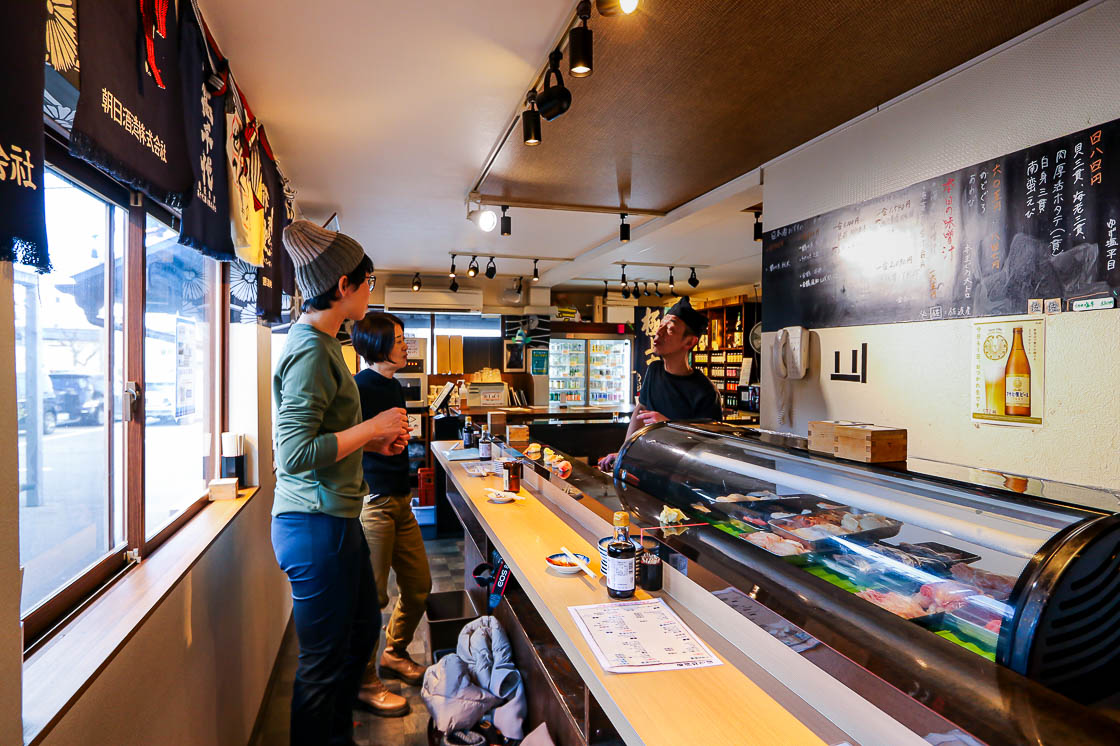
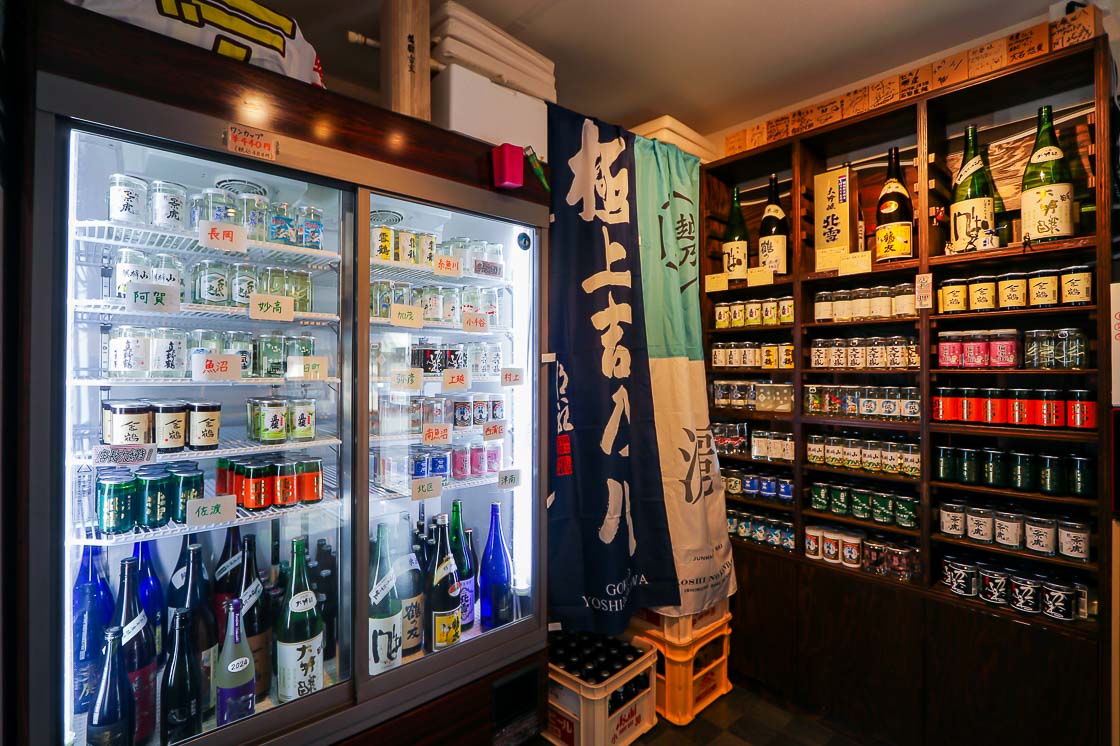
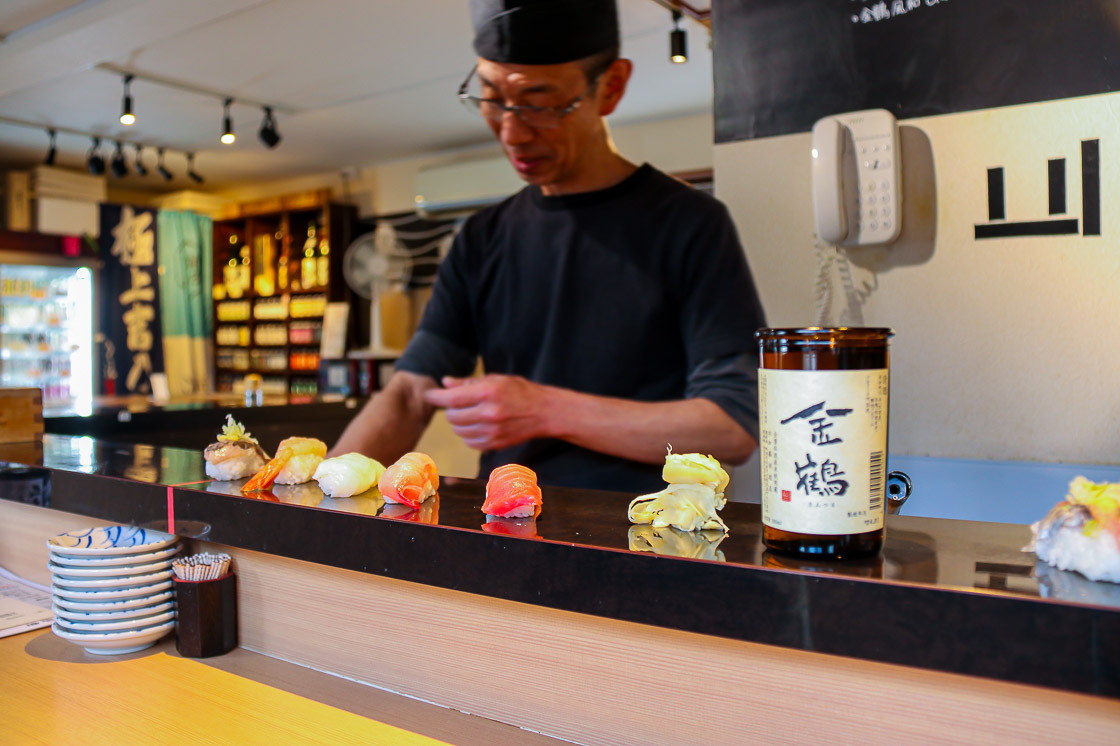

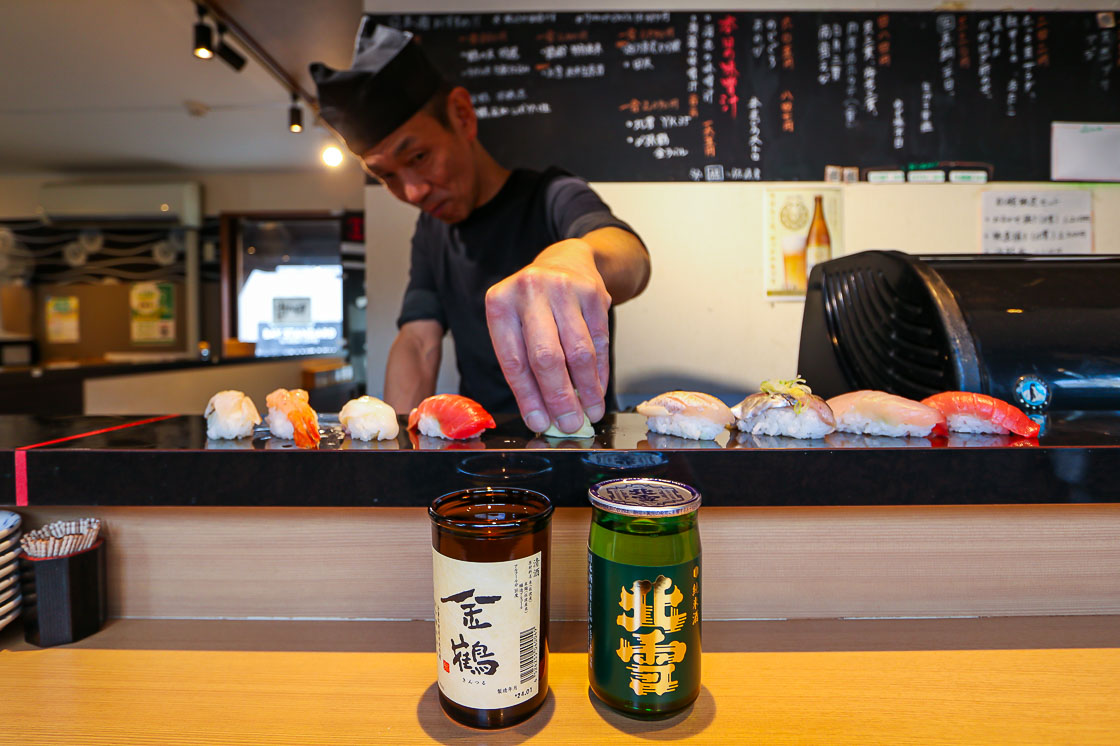
Thus concluded my overnight trip to Niigata visiting four places to experience and drink sake. I enjoyed visiting all the spots, and have bookmarked a few spots to visit again on my next trip.
Access
All the spots visited in this article are either within the Niigata Station building complex itself or within a 10-20 minute walk from the station.
Niigata Station is the terminus of the Joetsu Shinkansen (about 110 minutes, around 10,500 yen one way from Tokyo).
